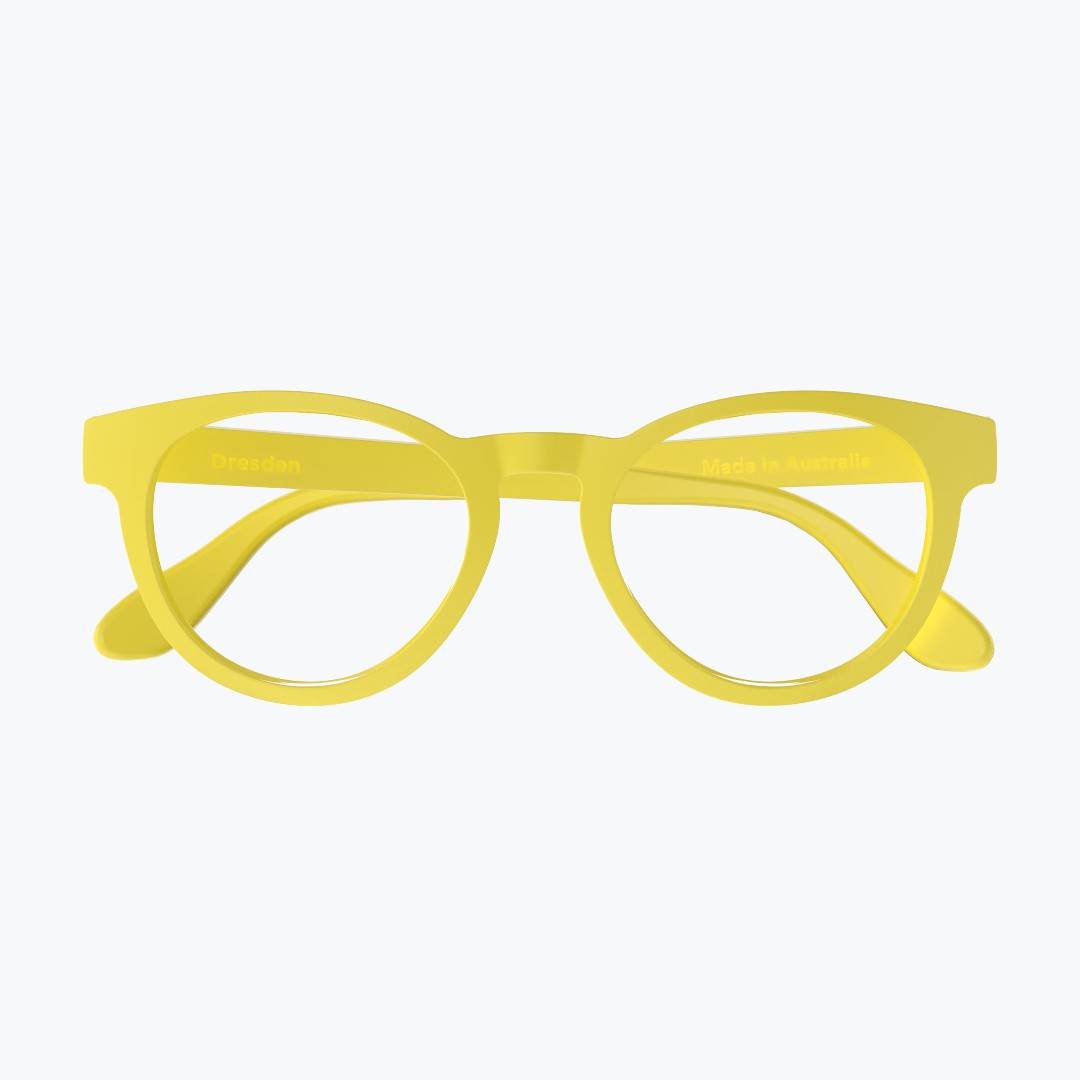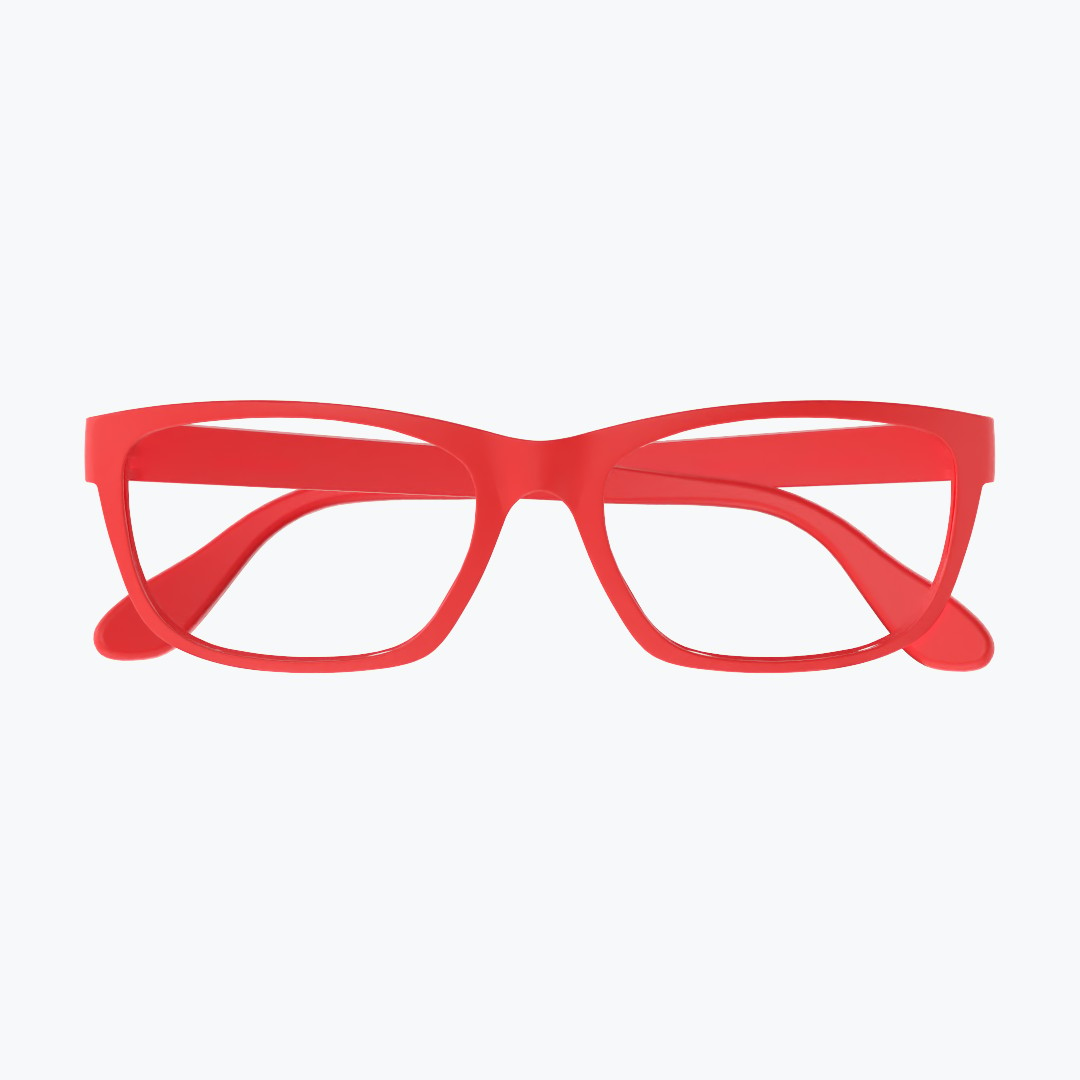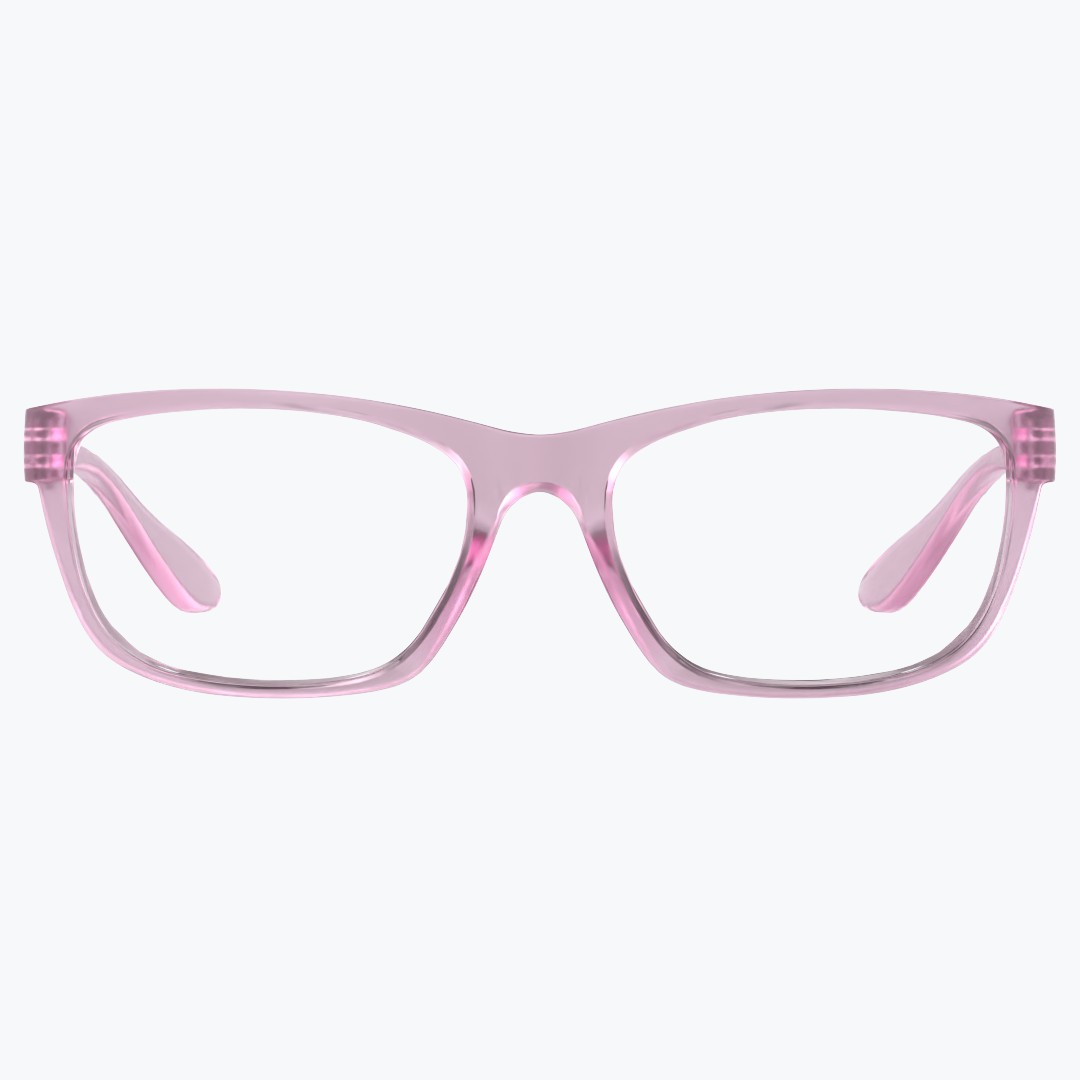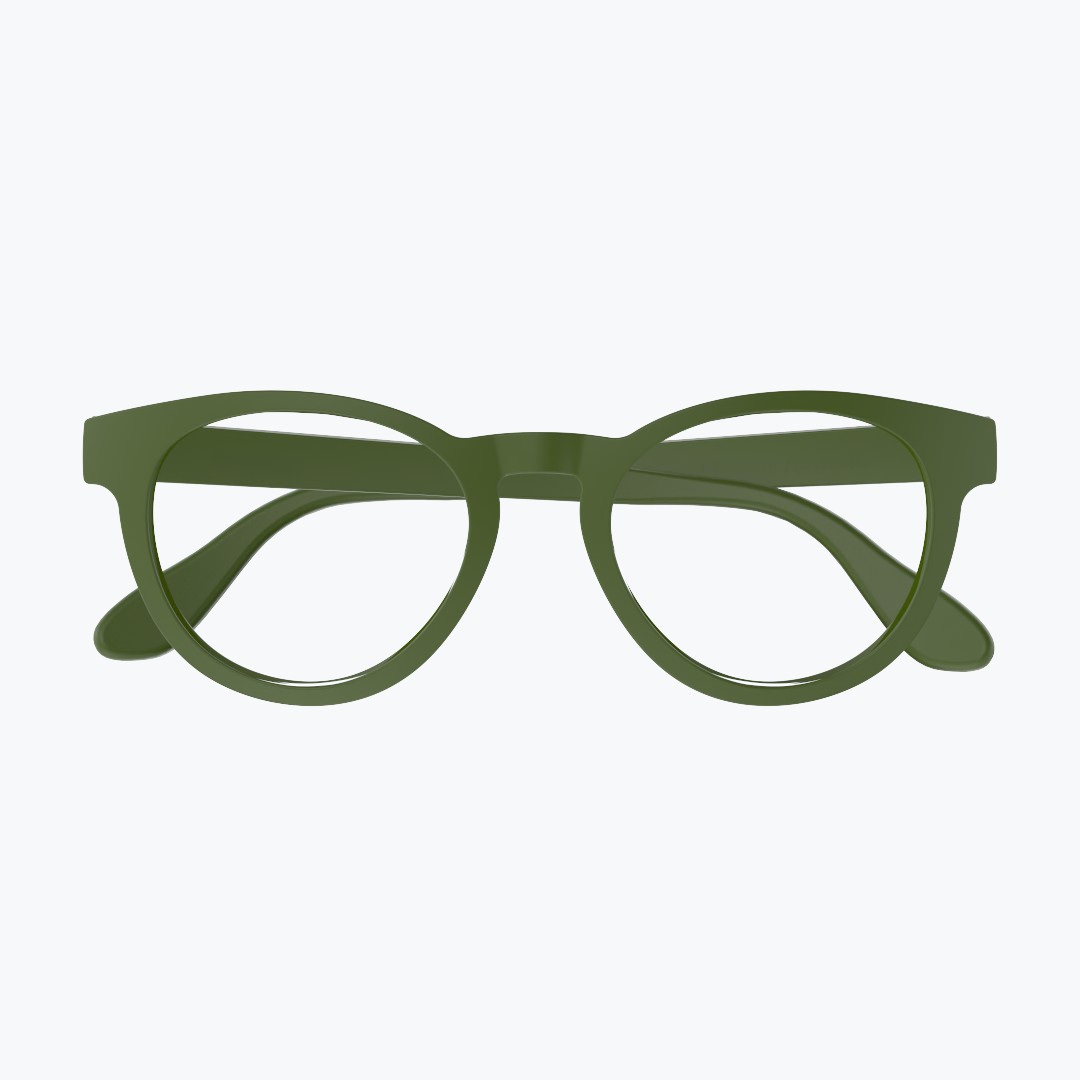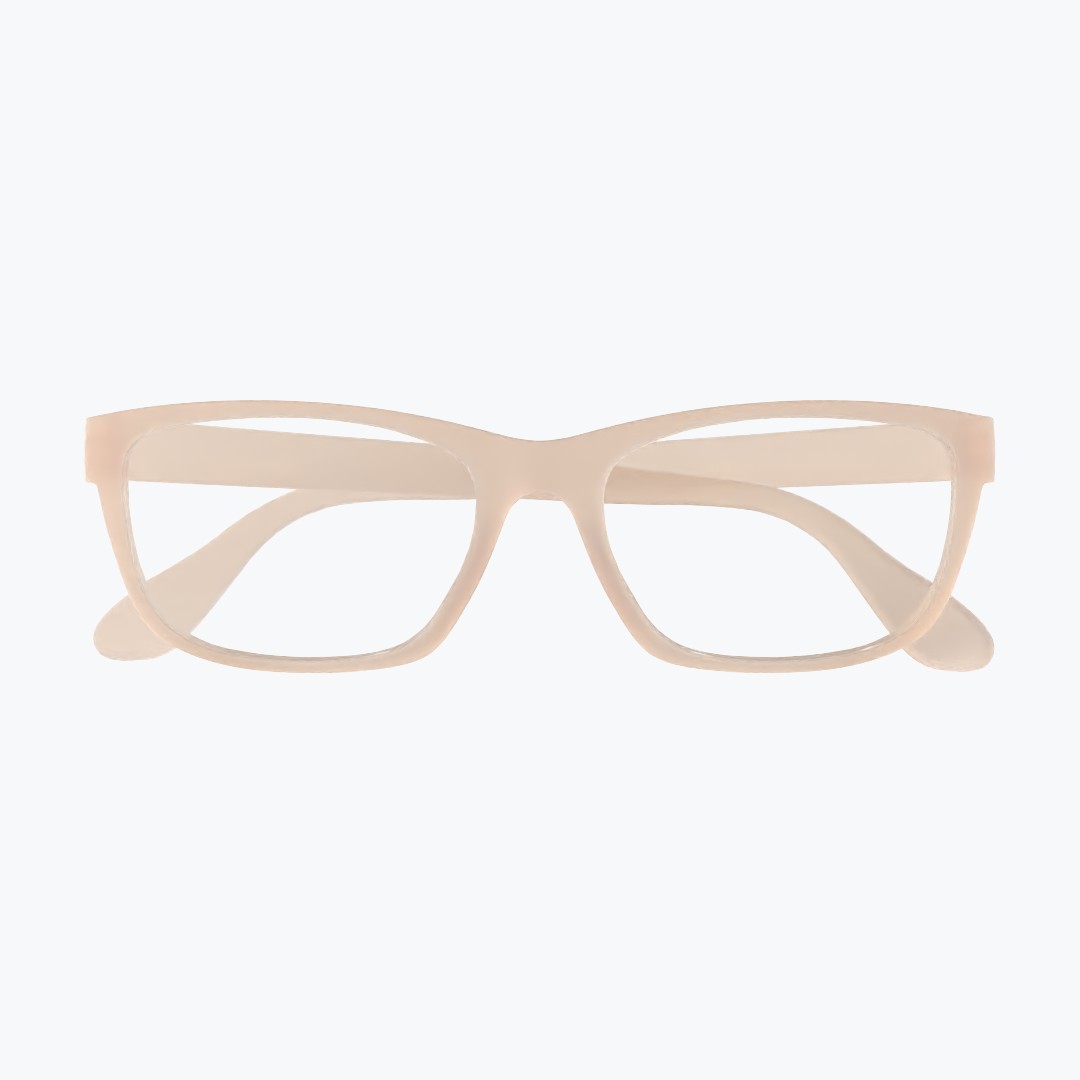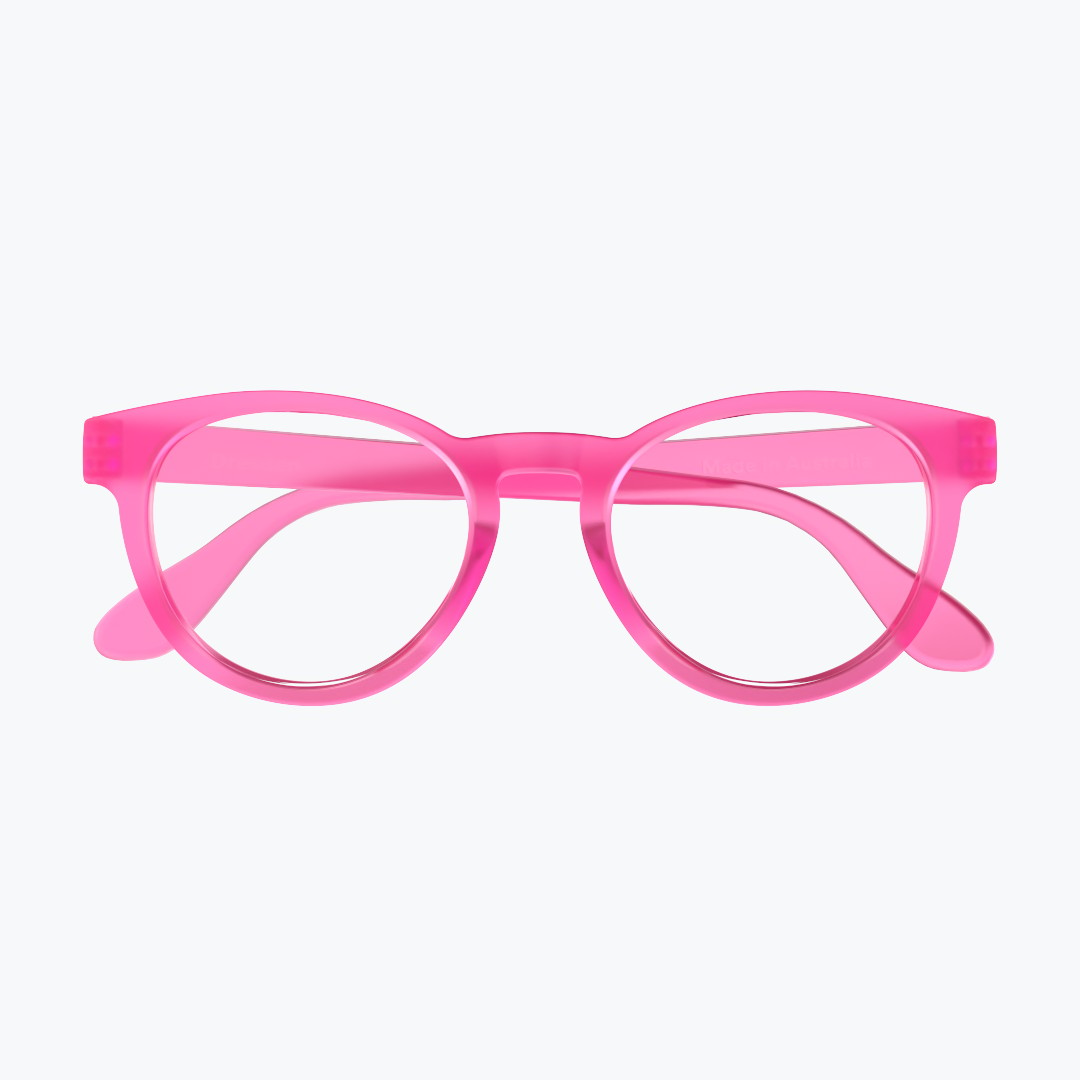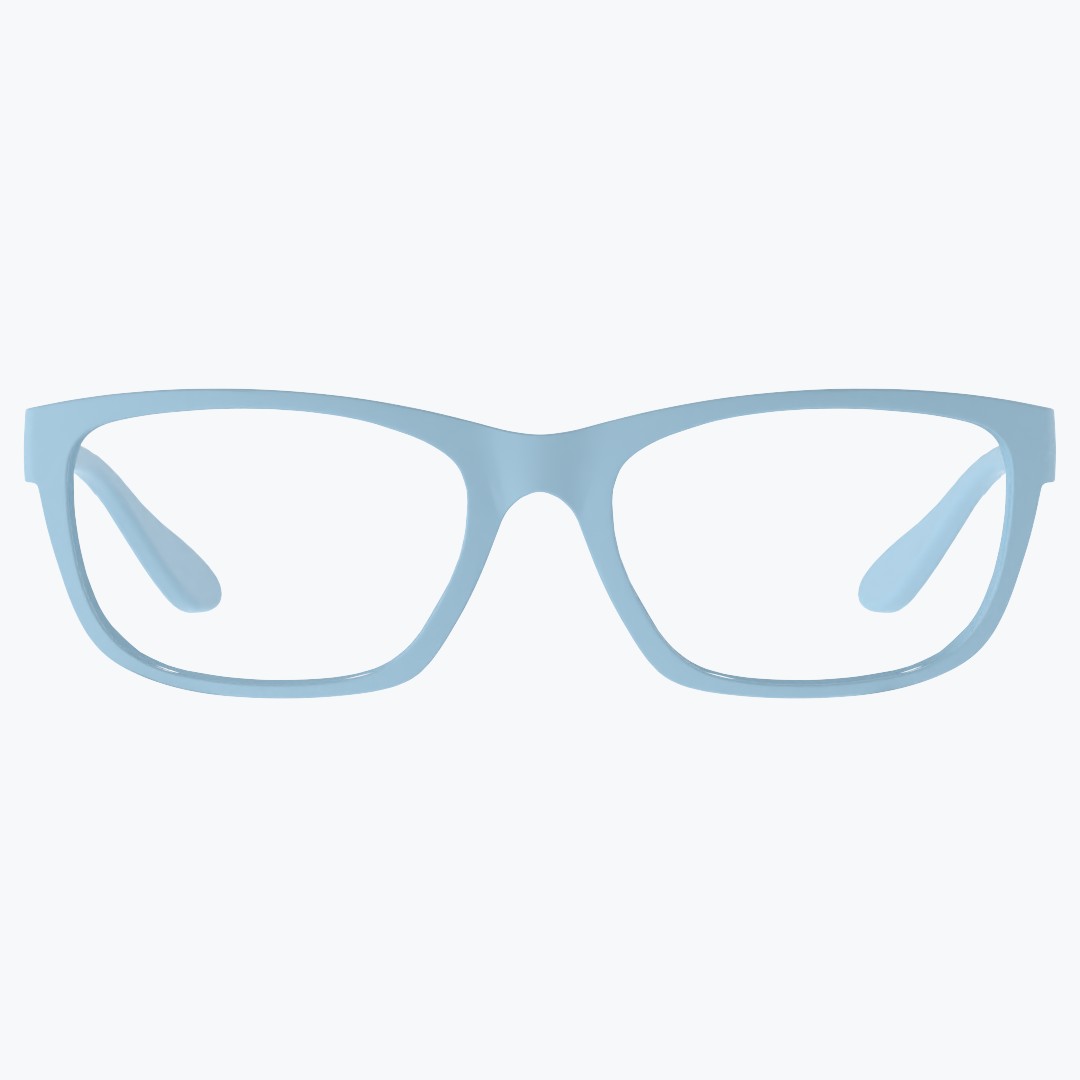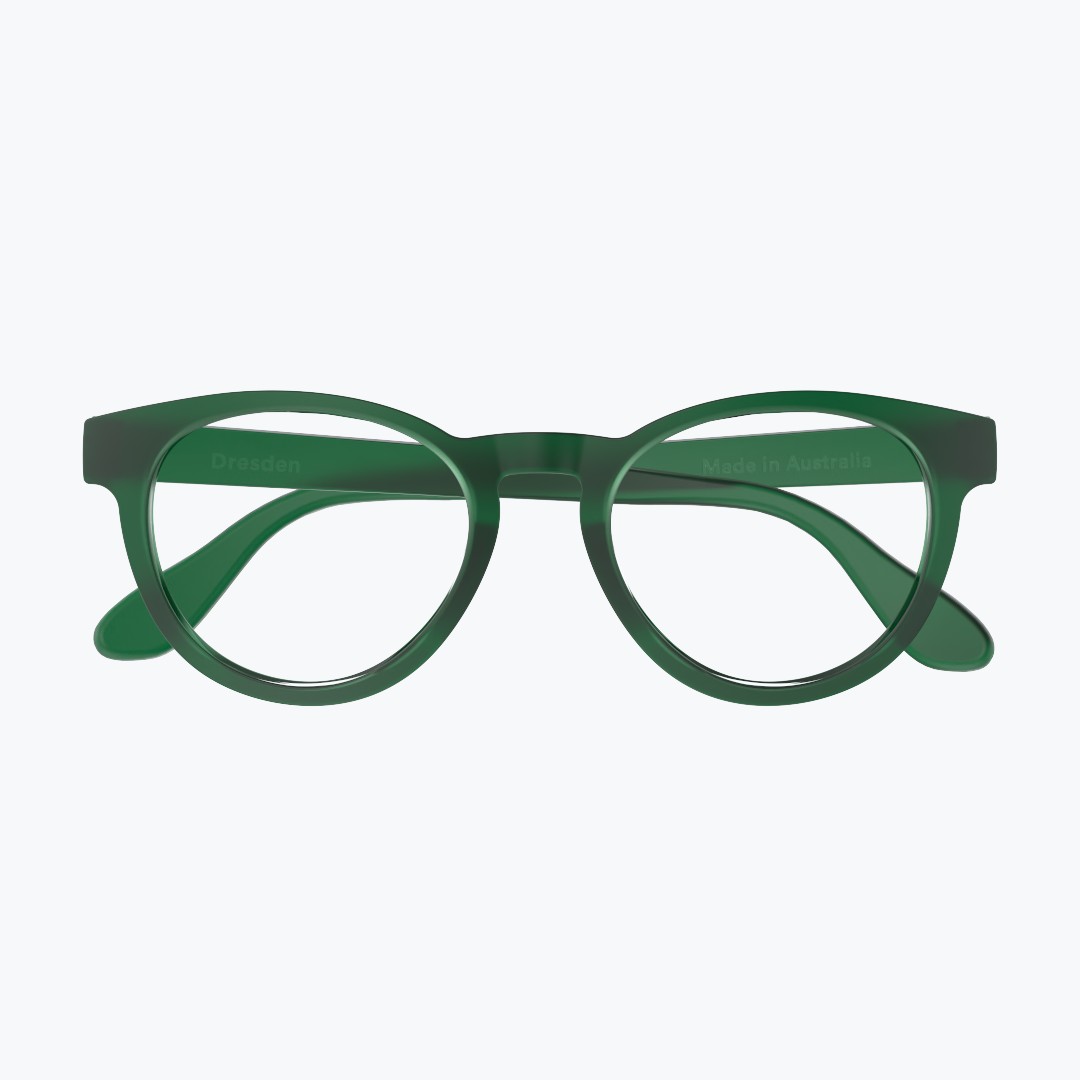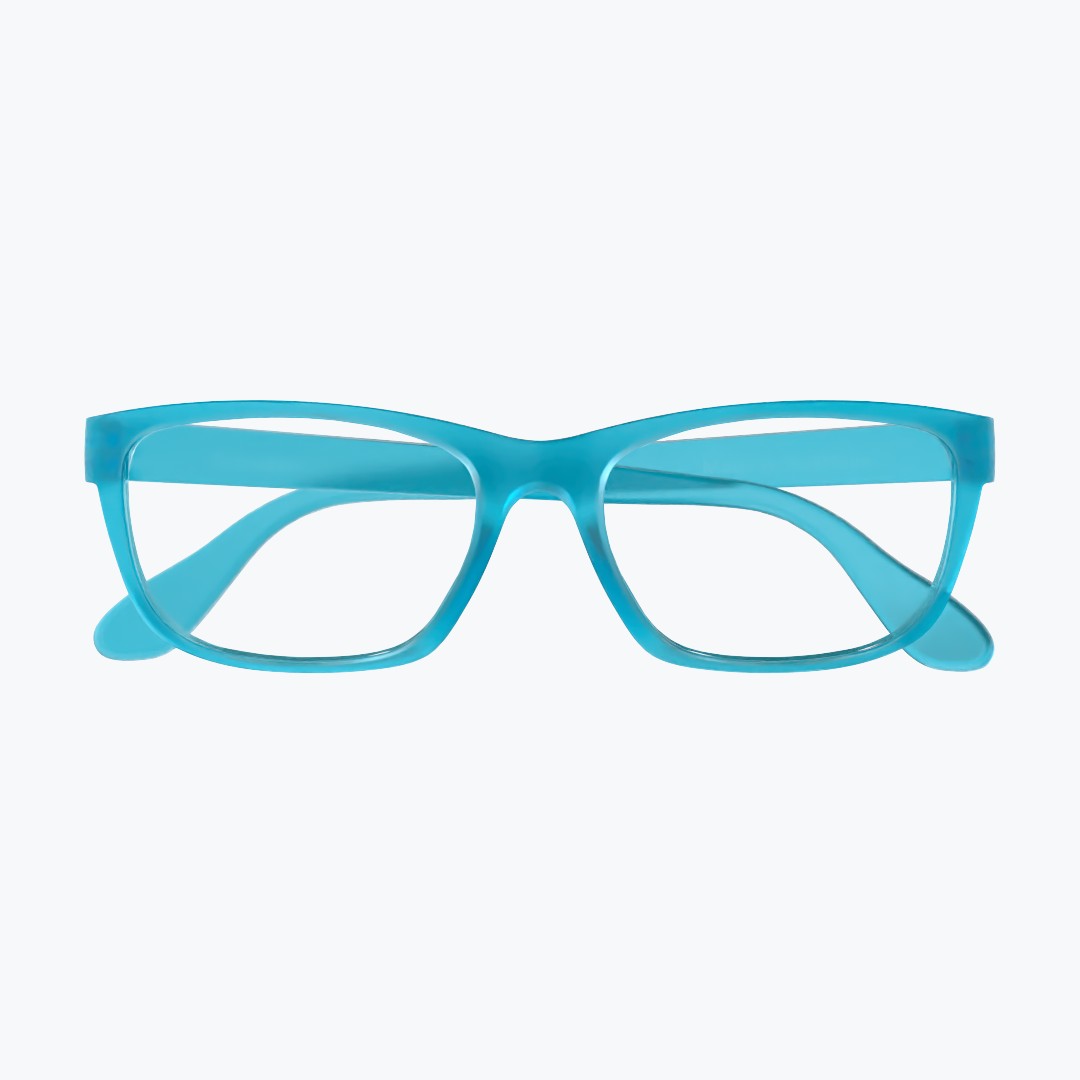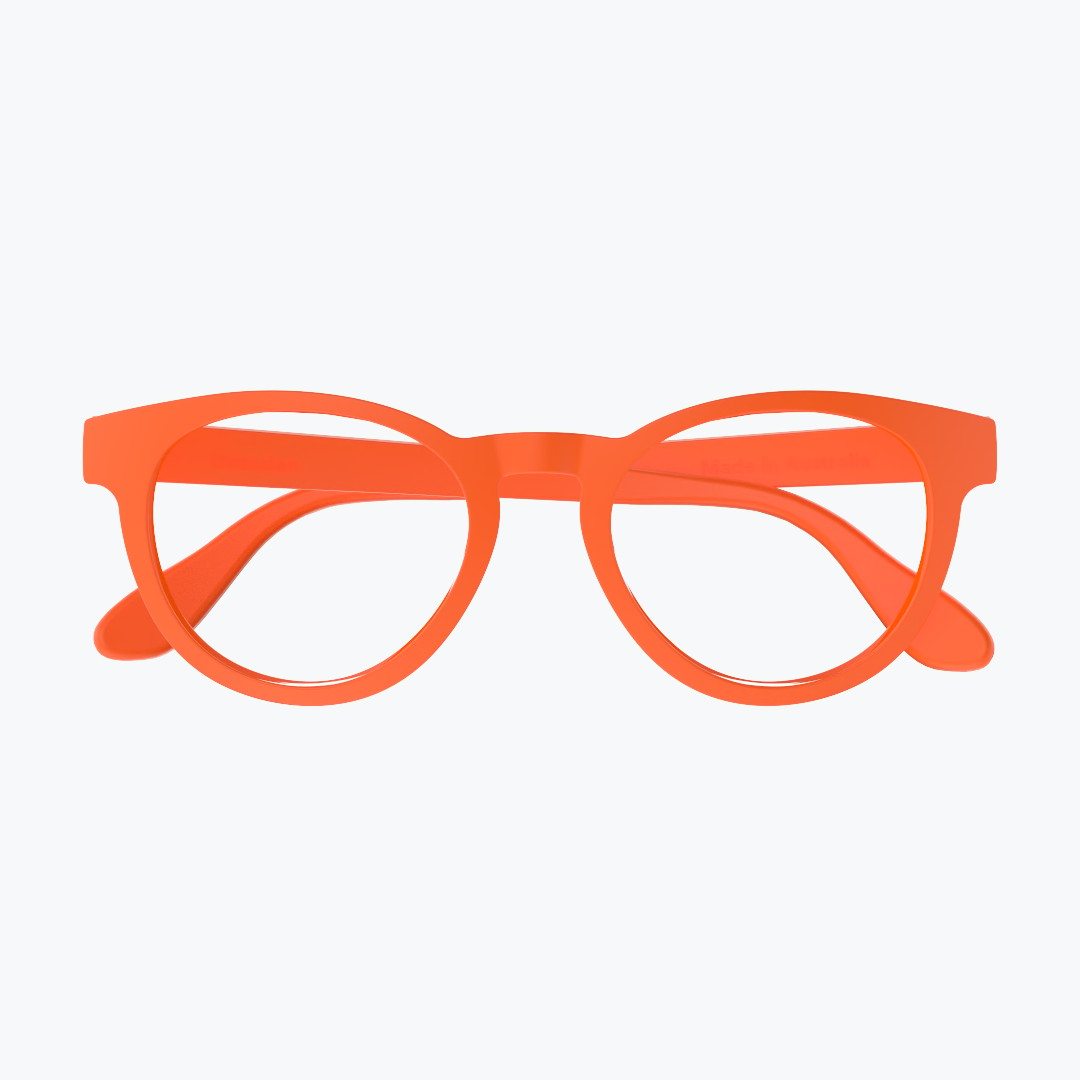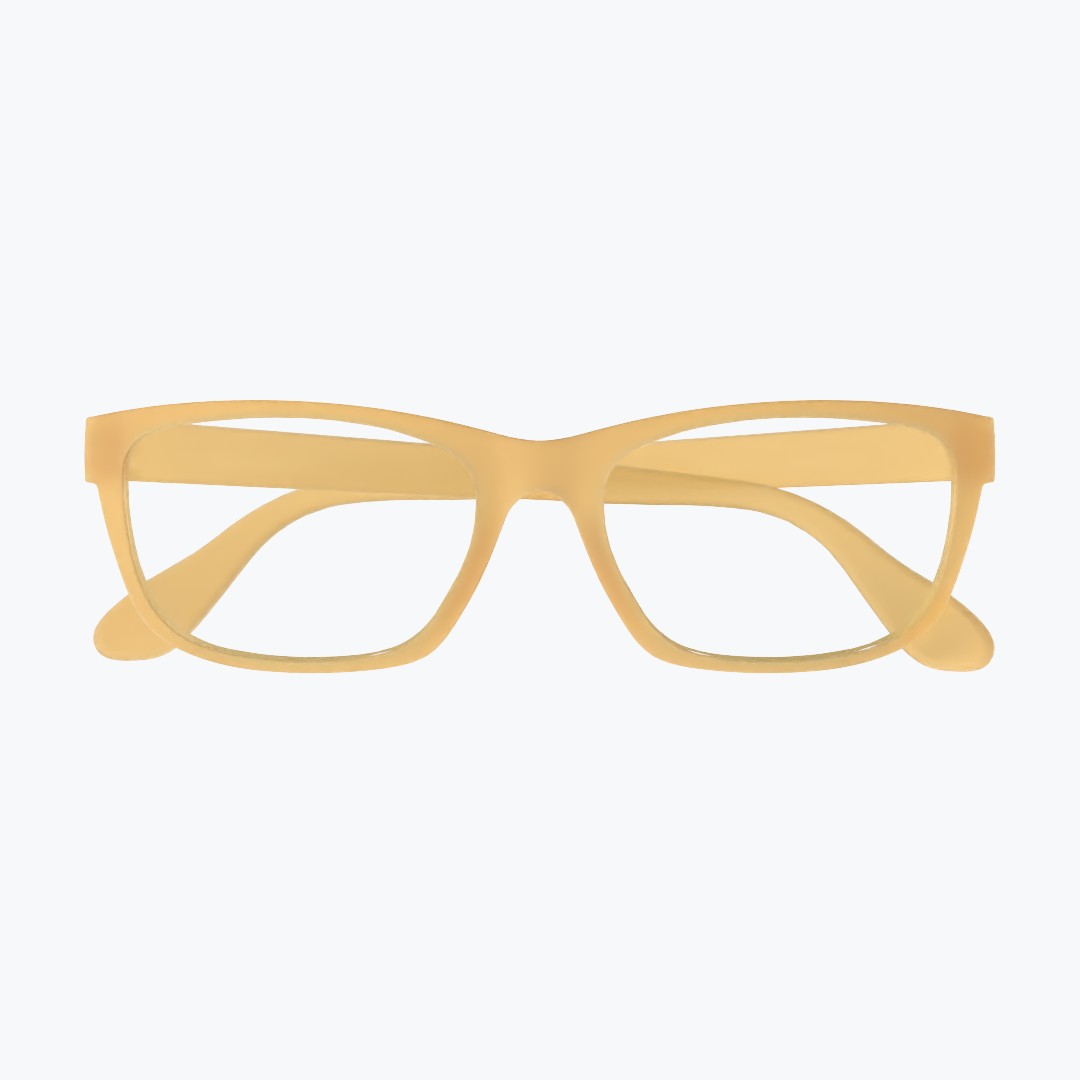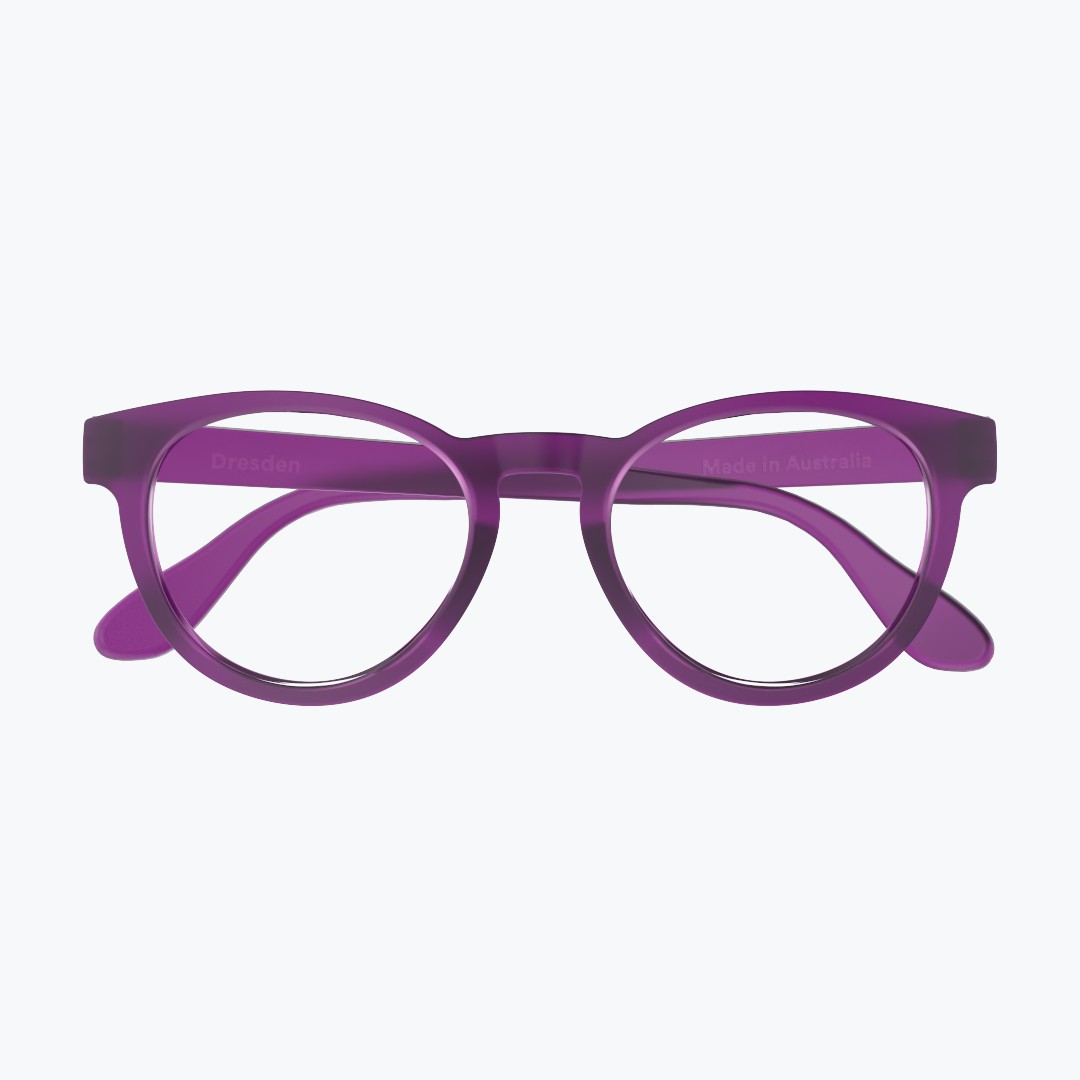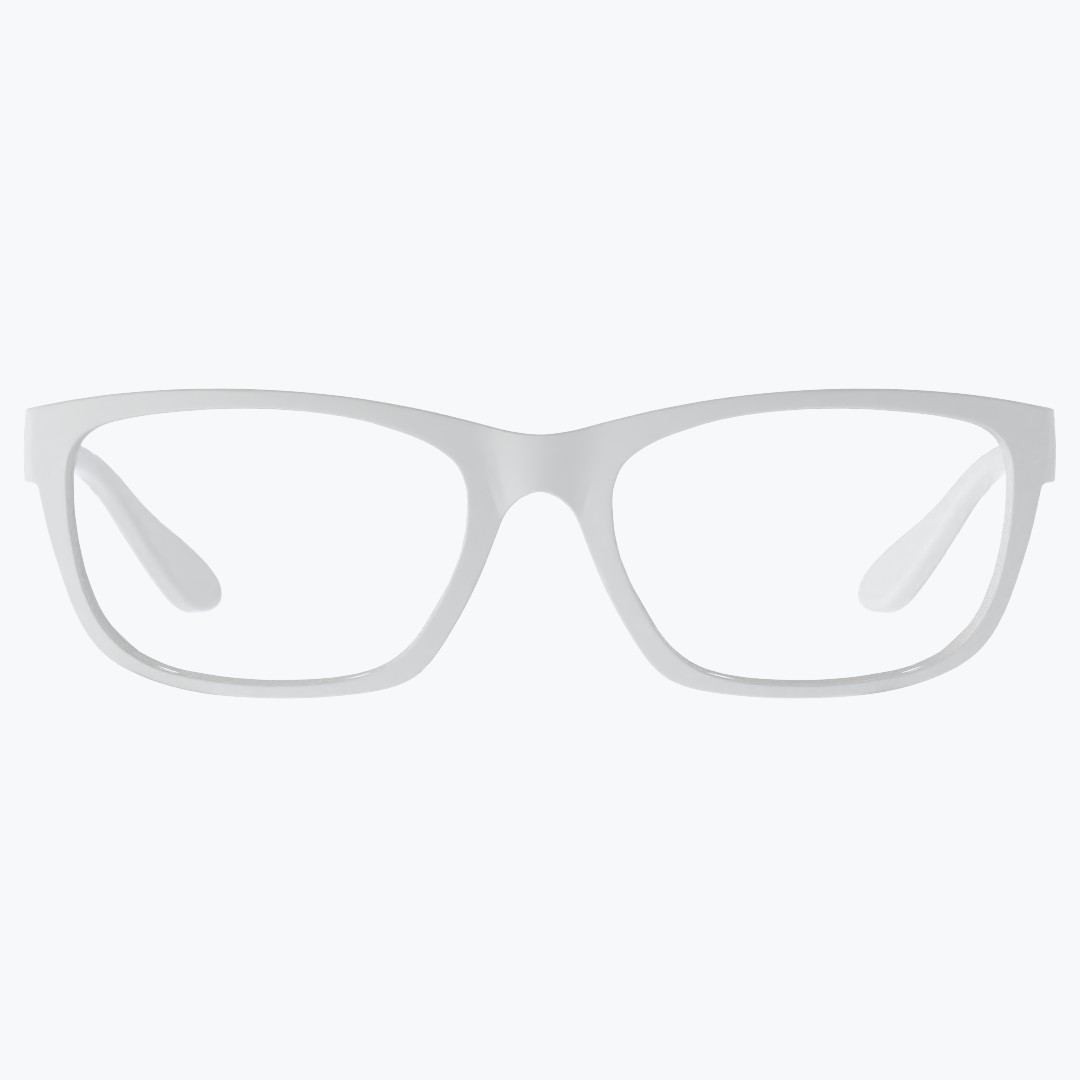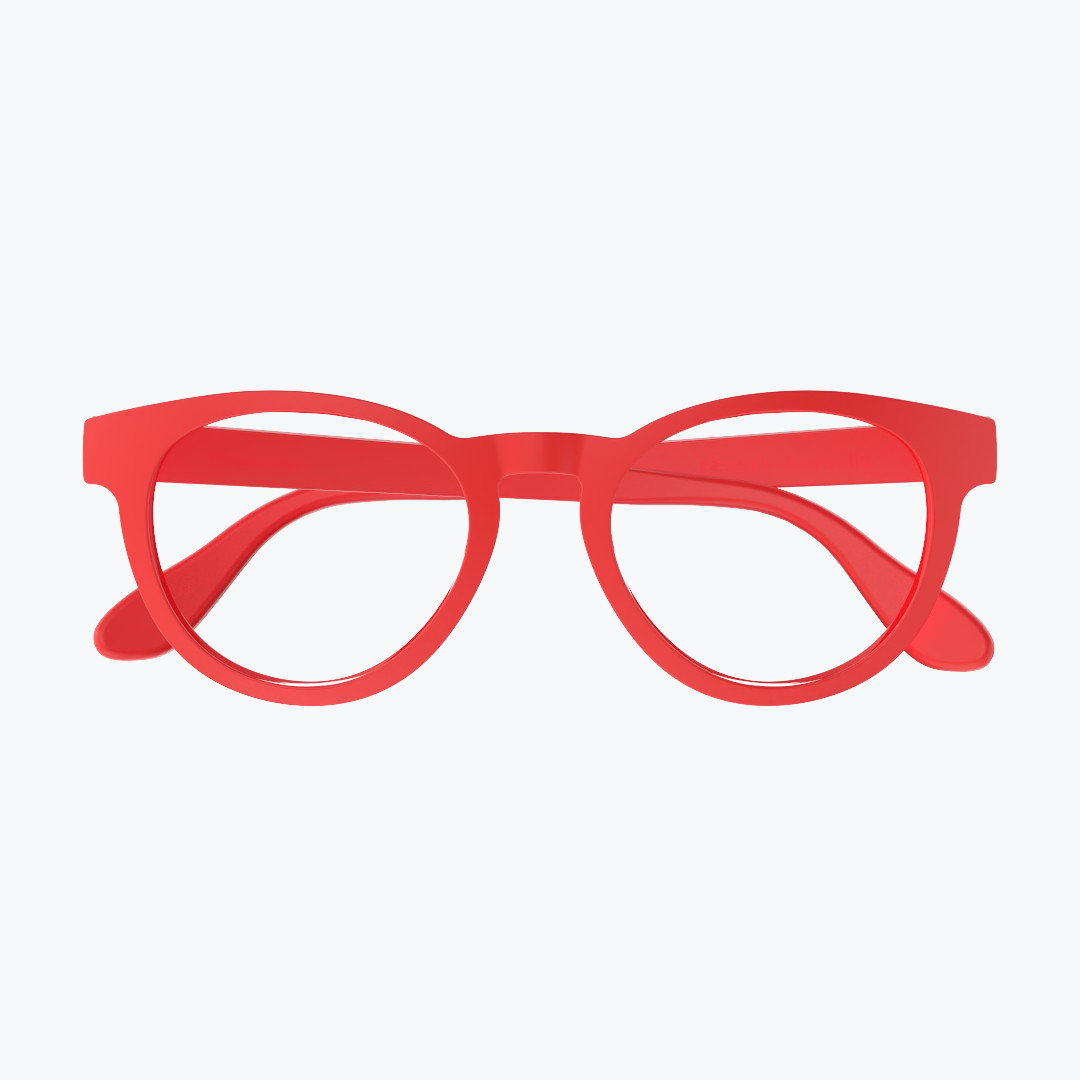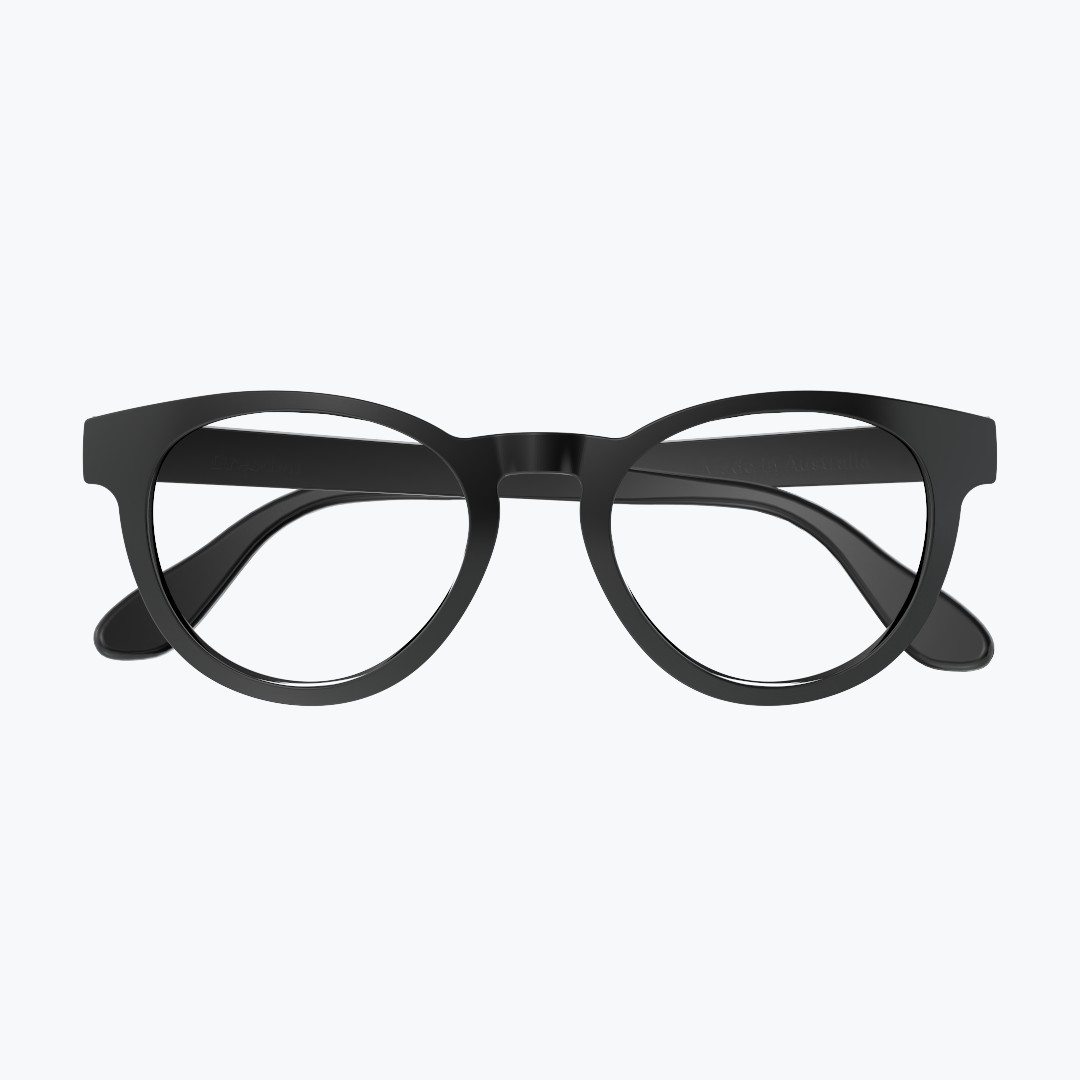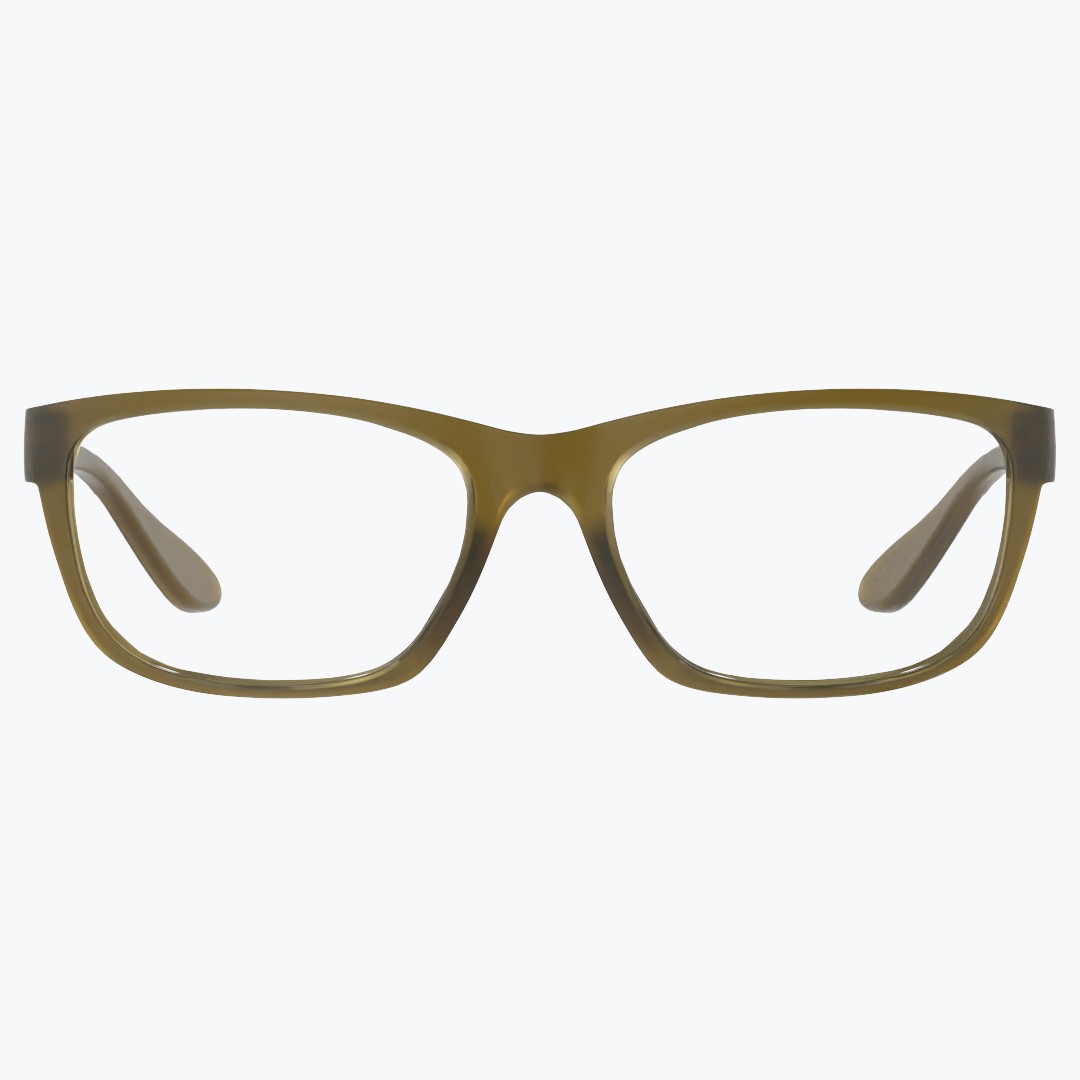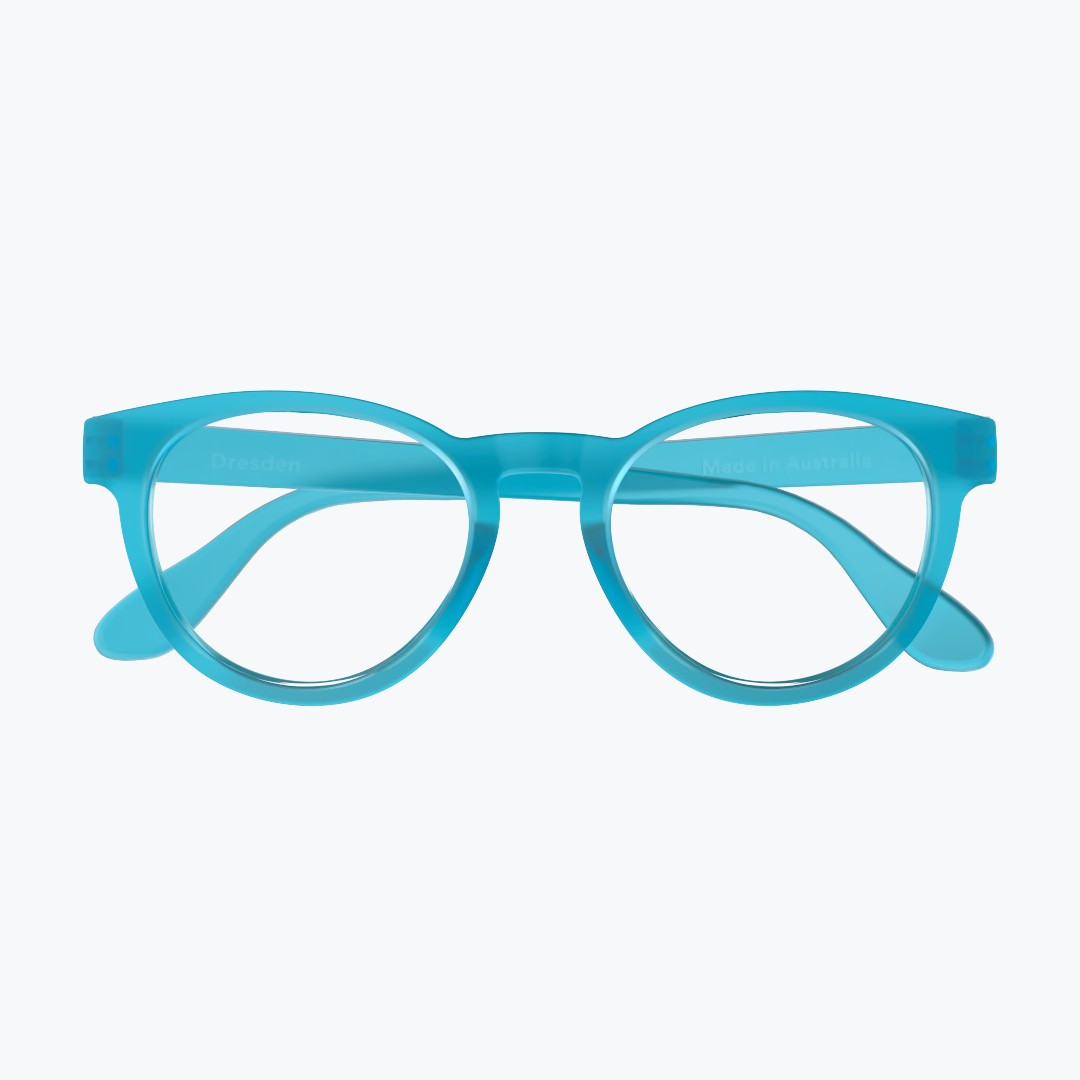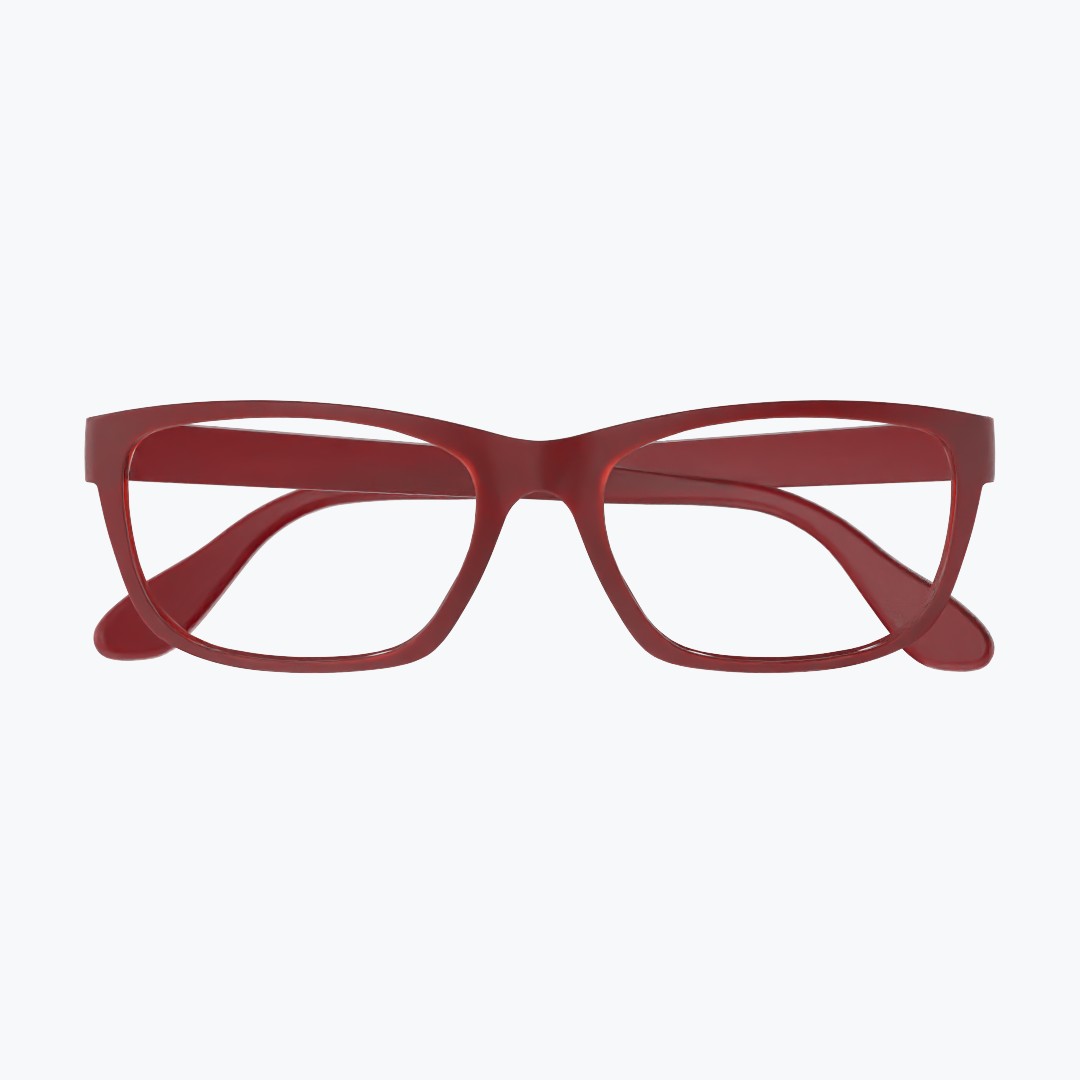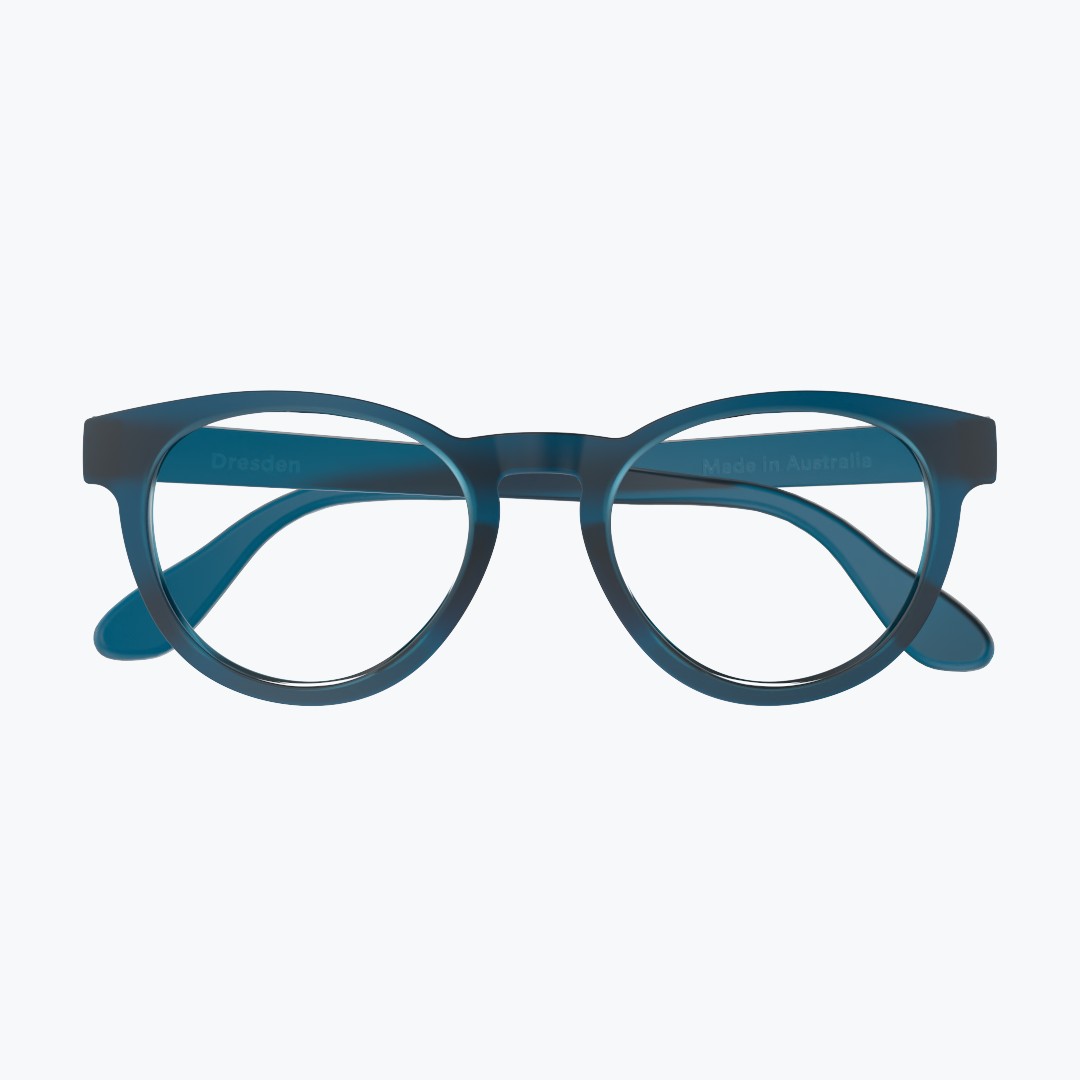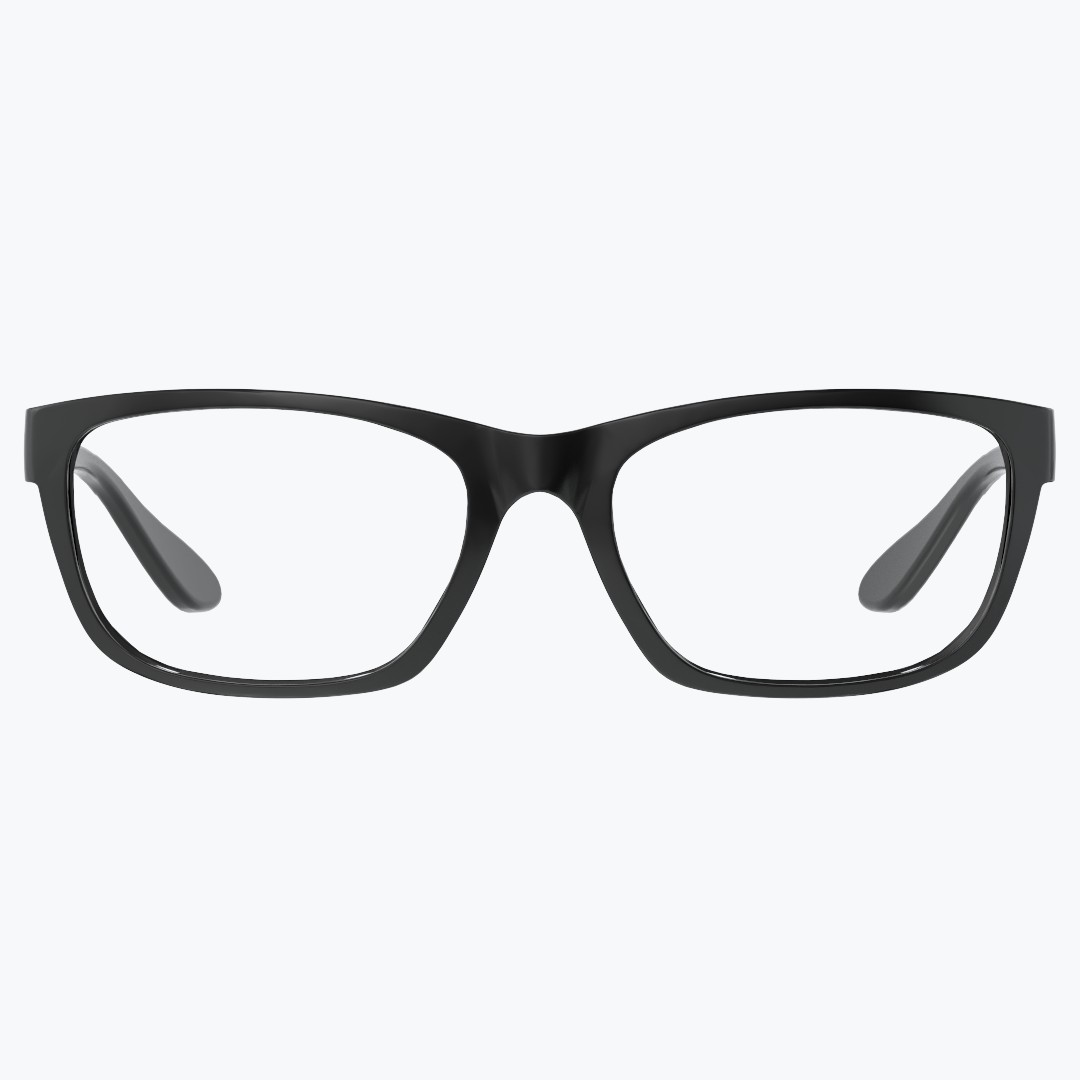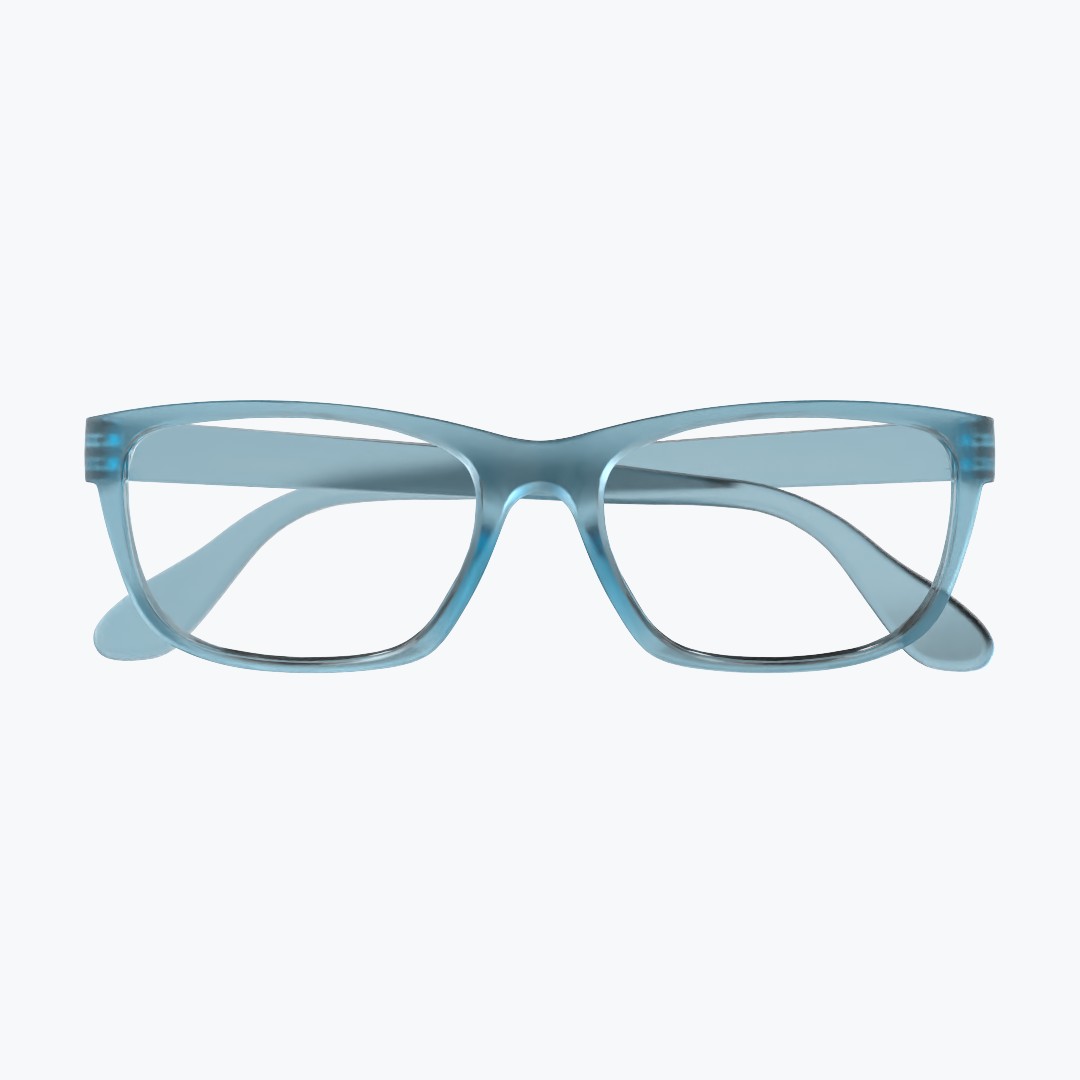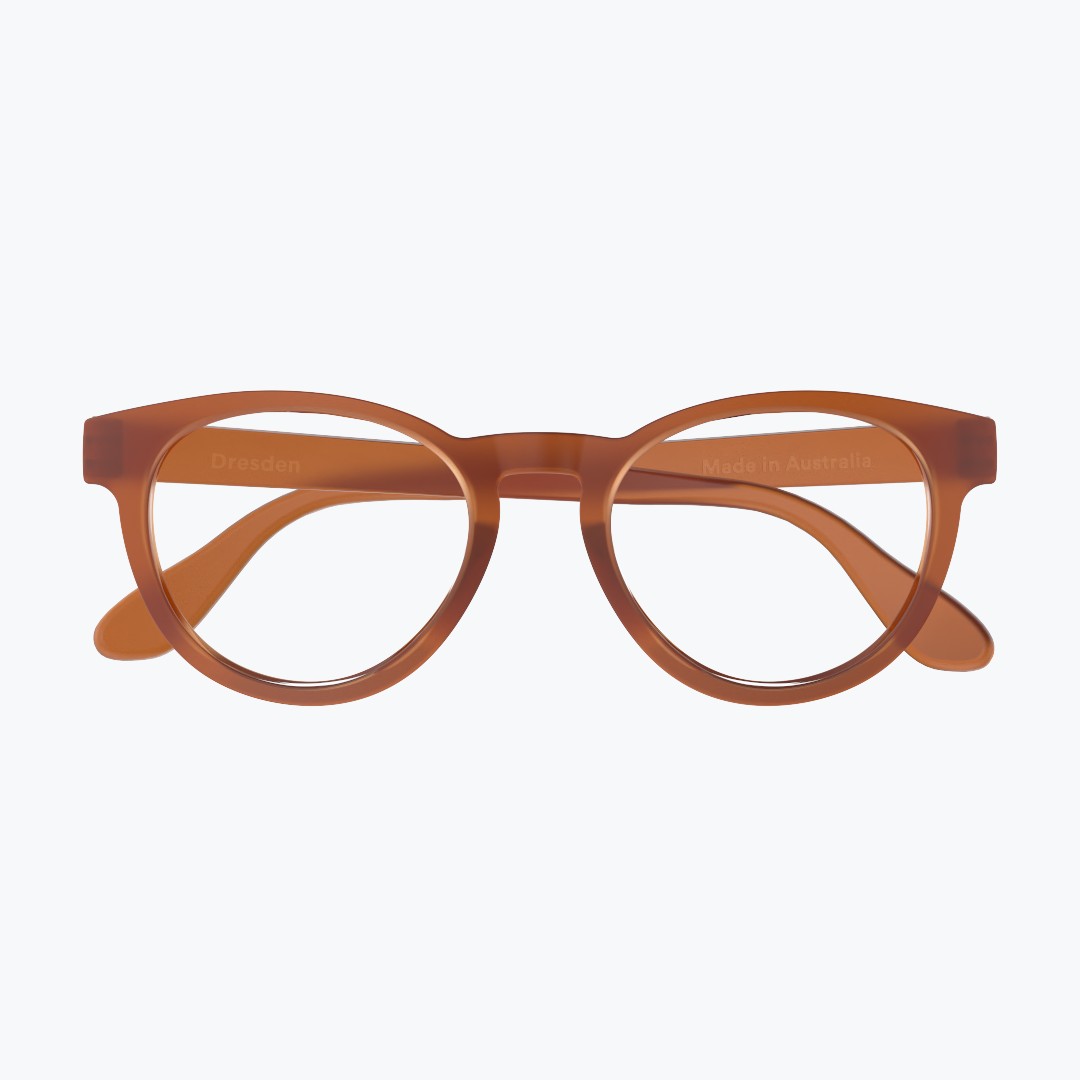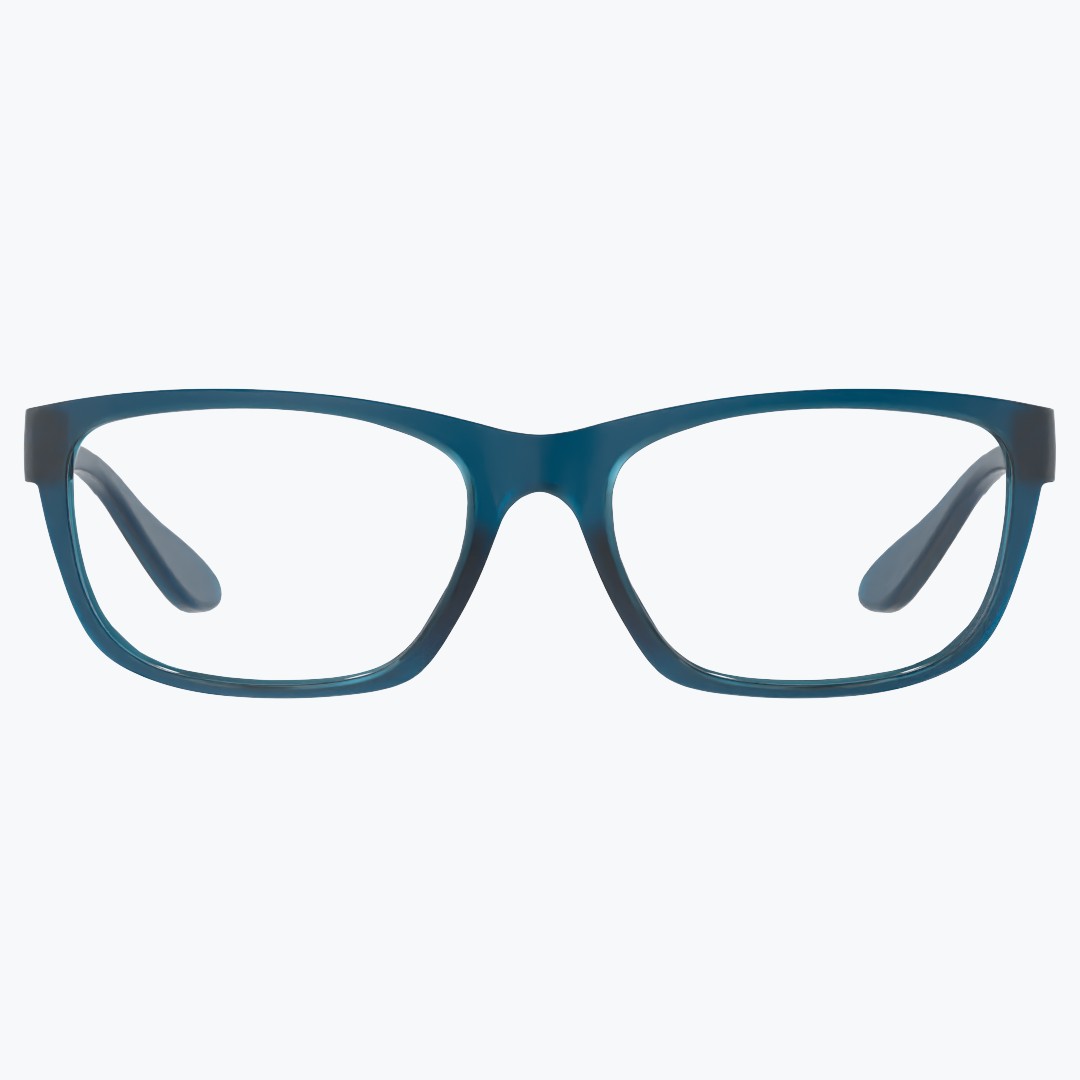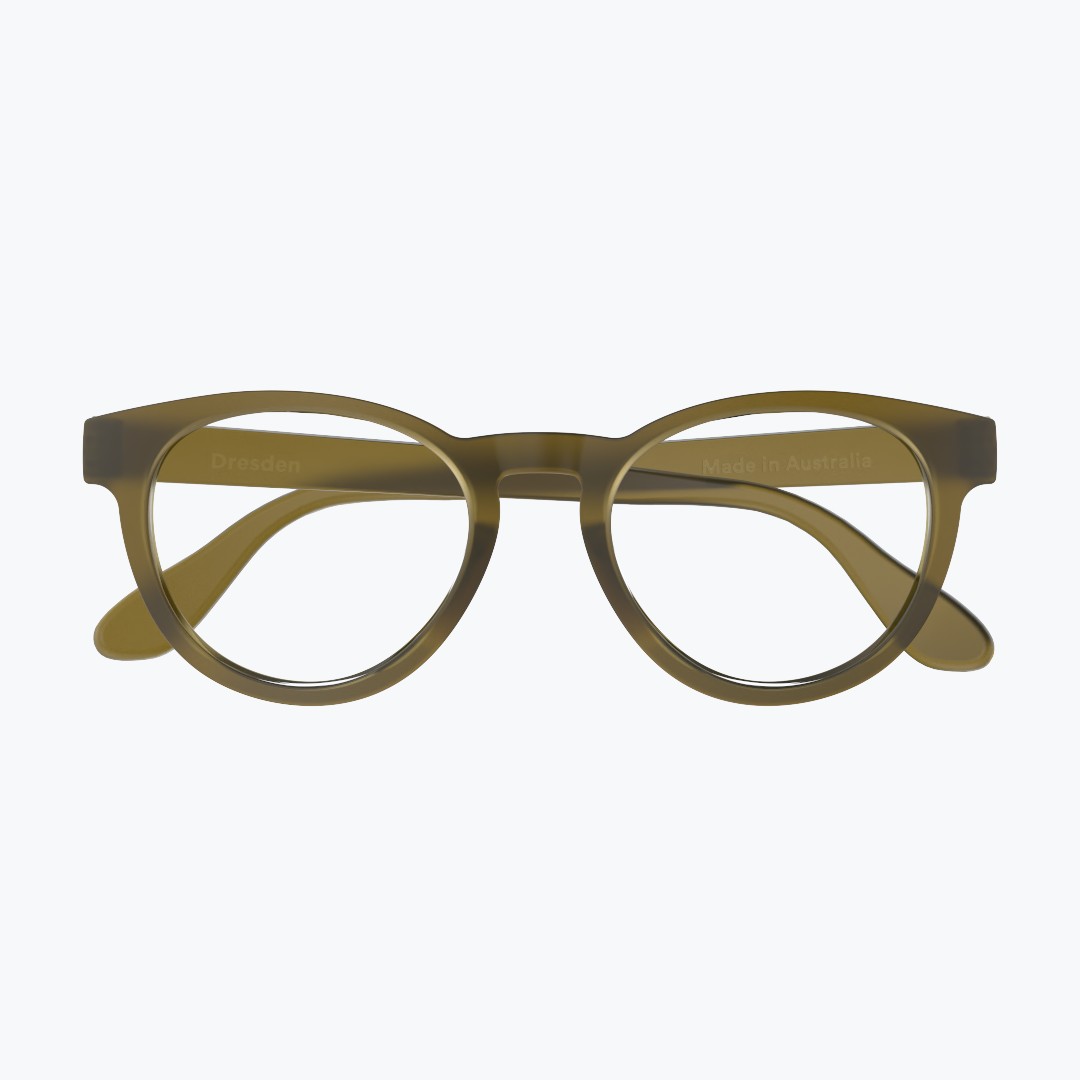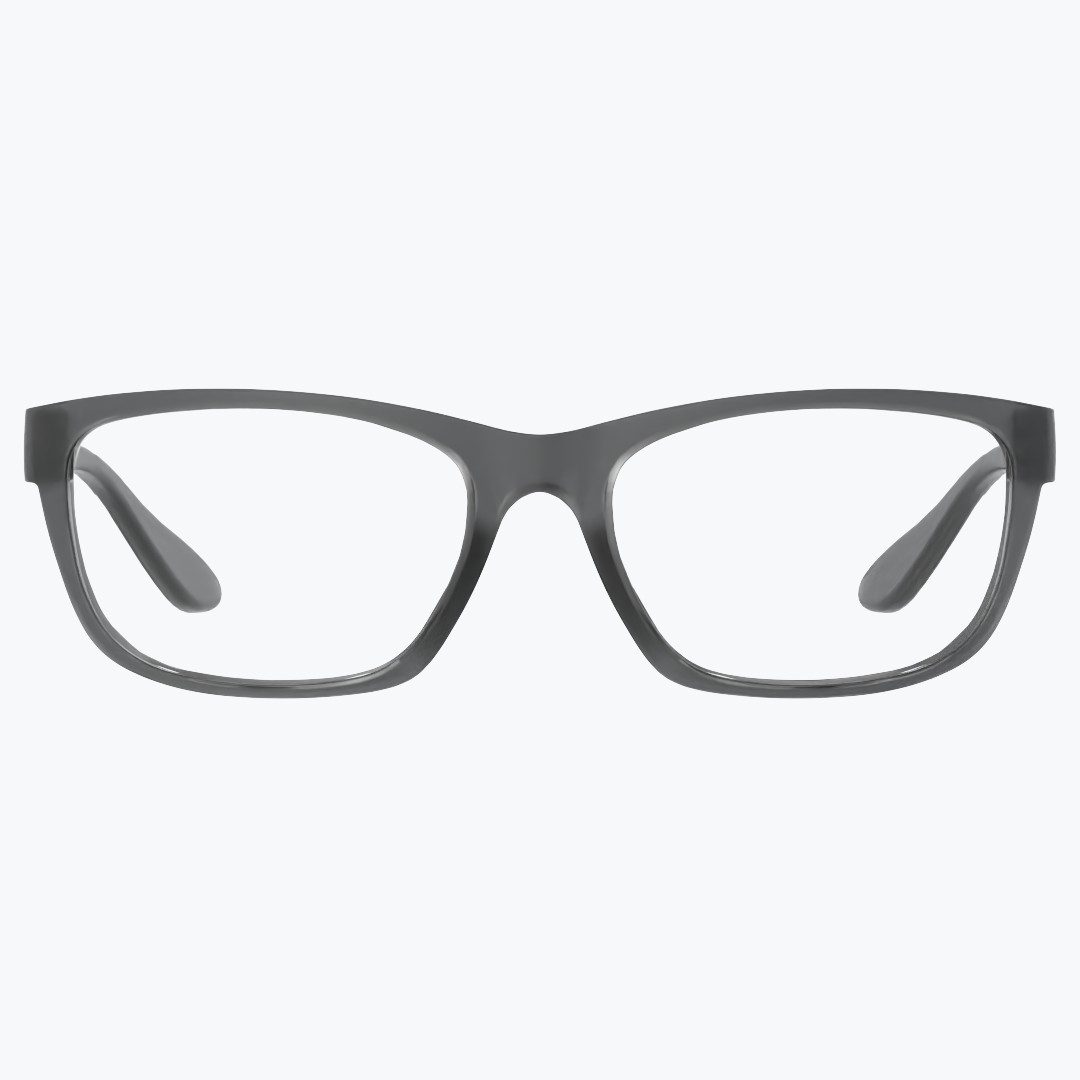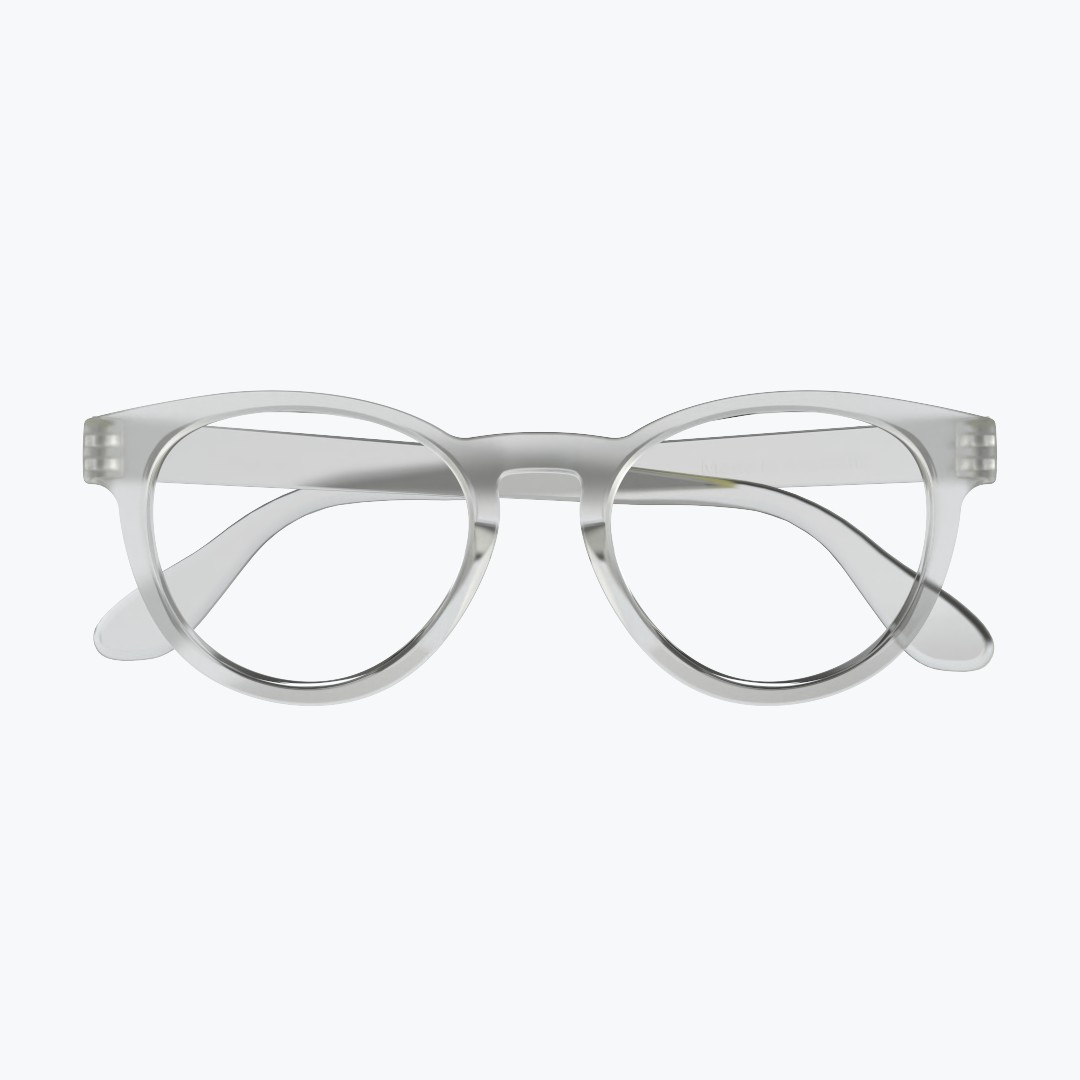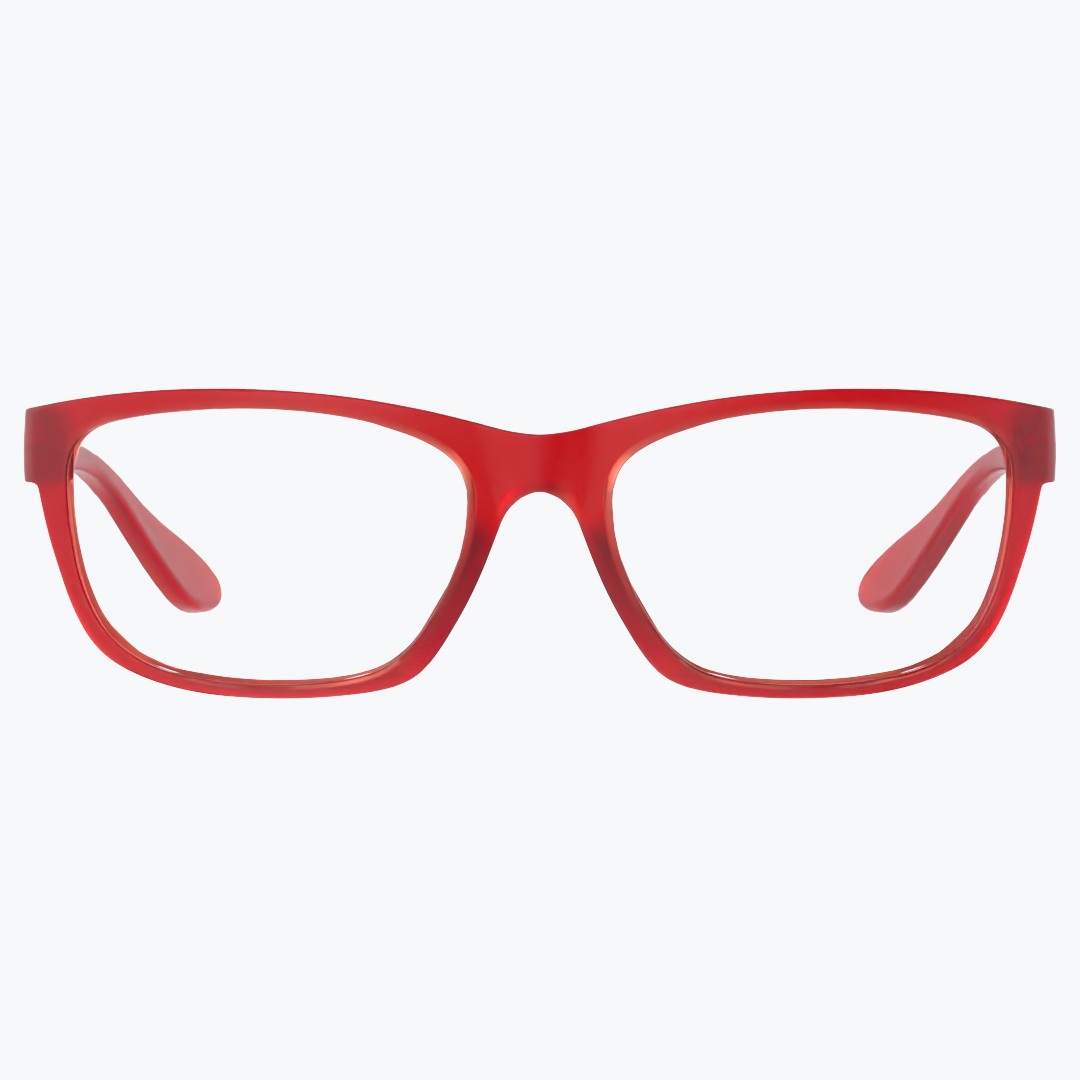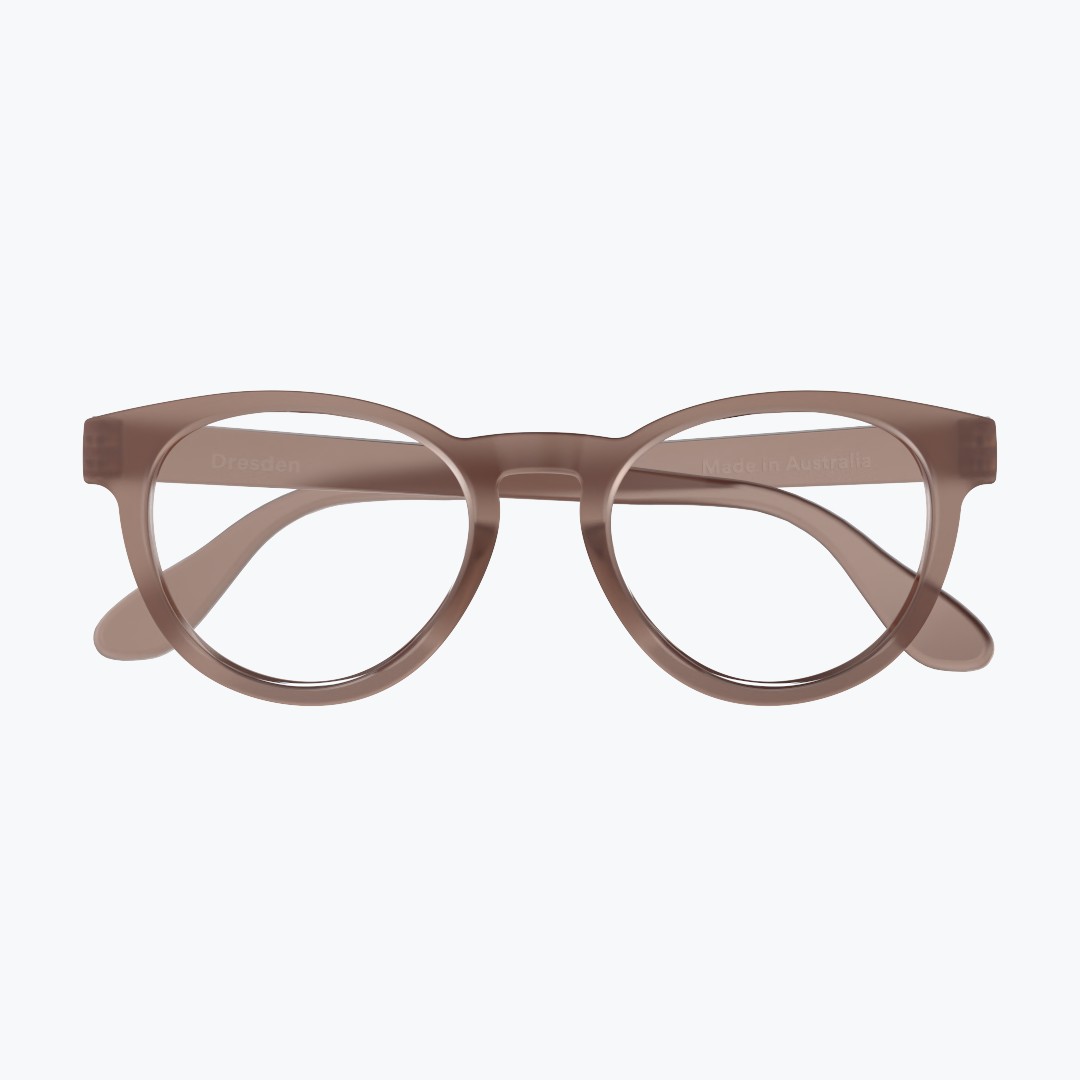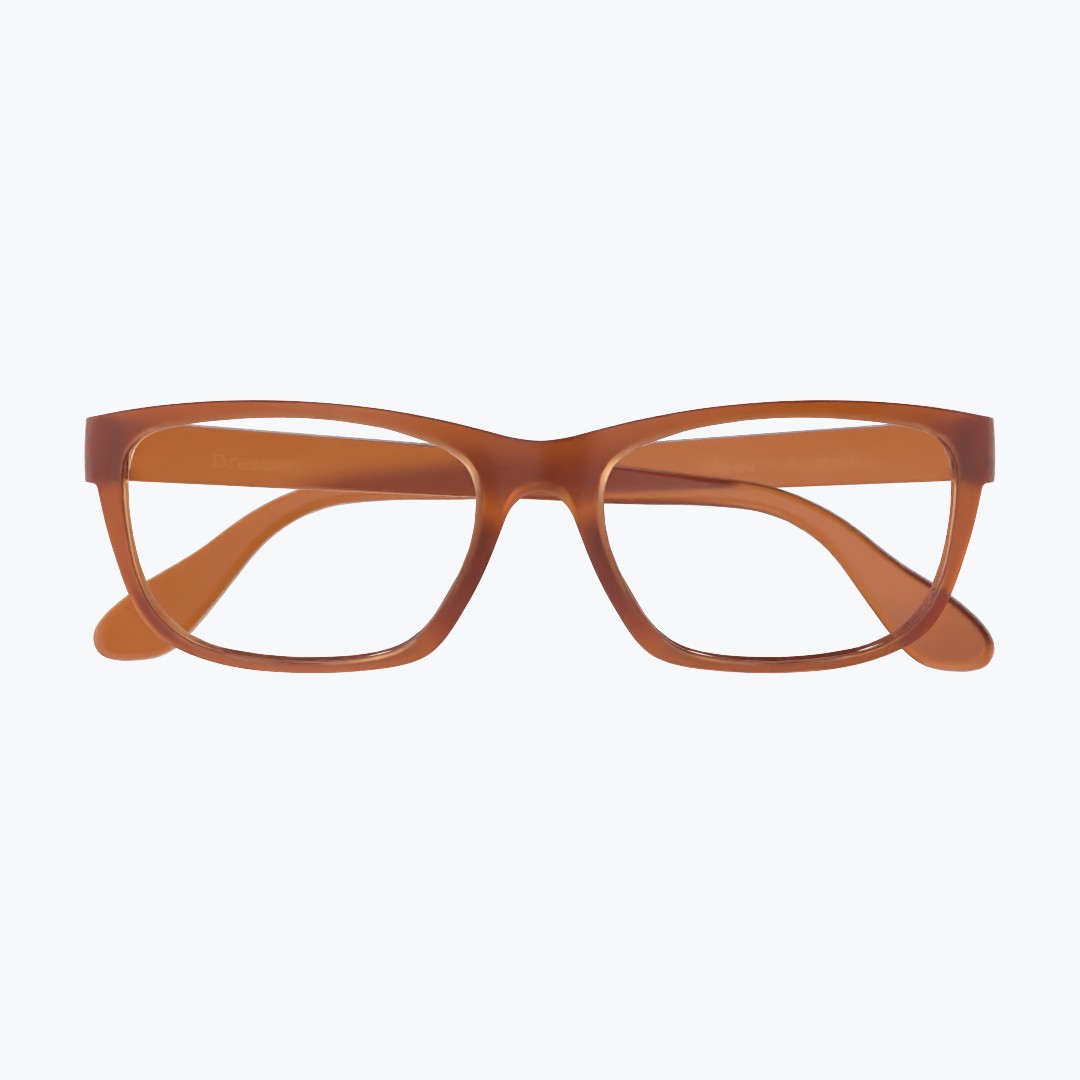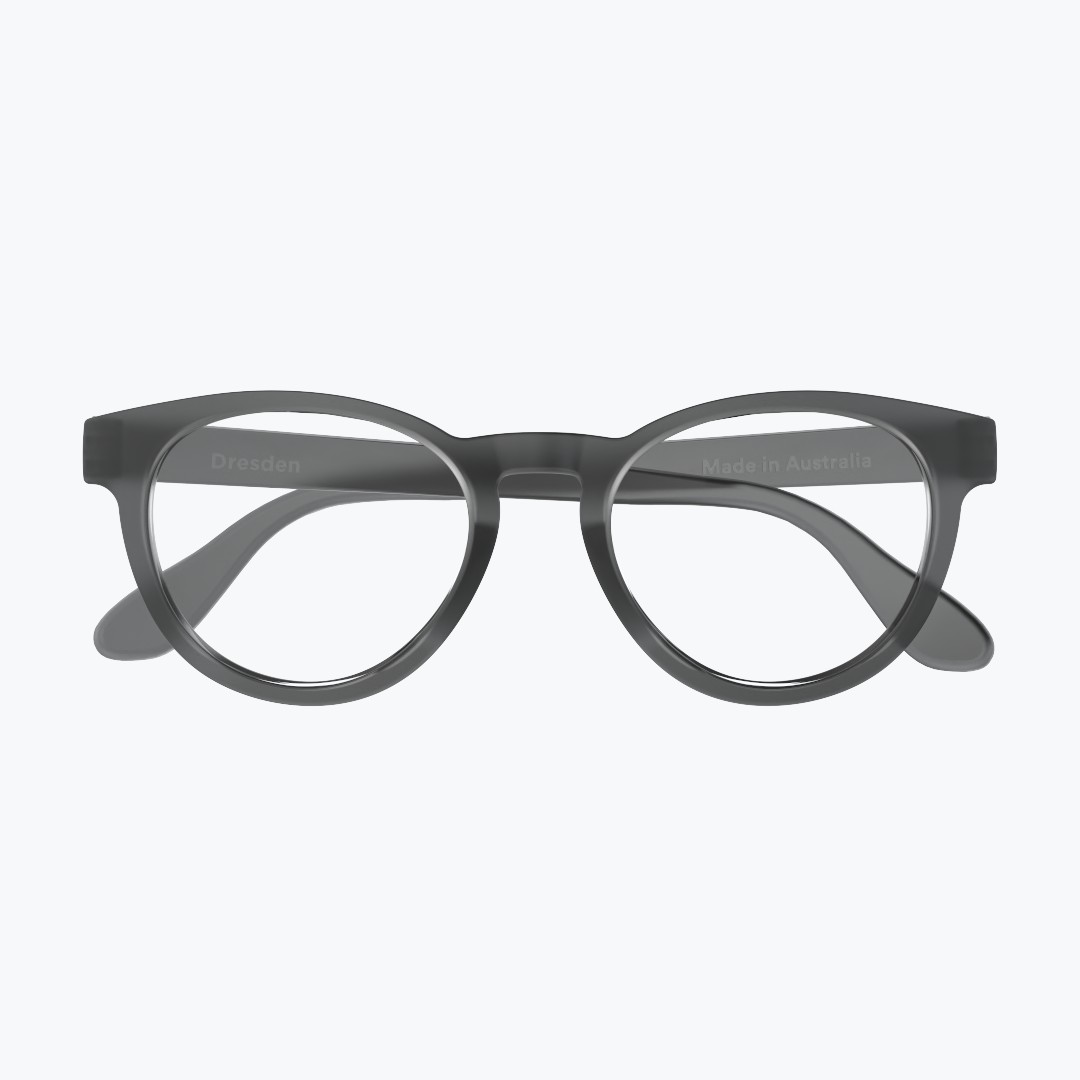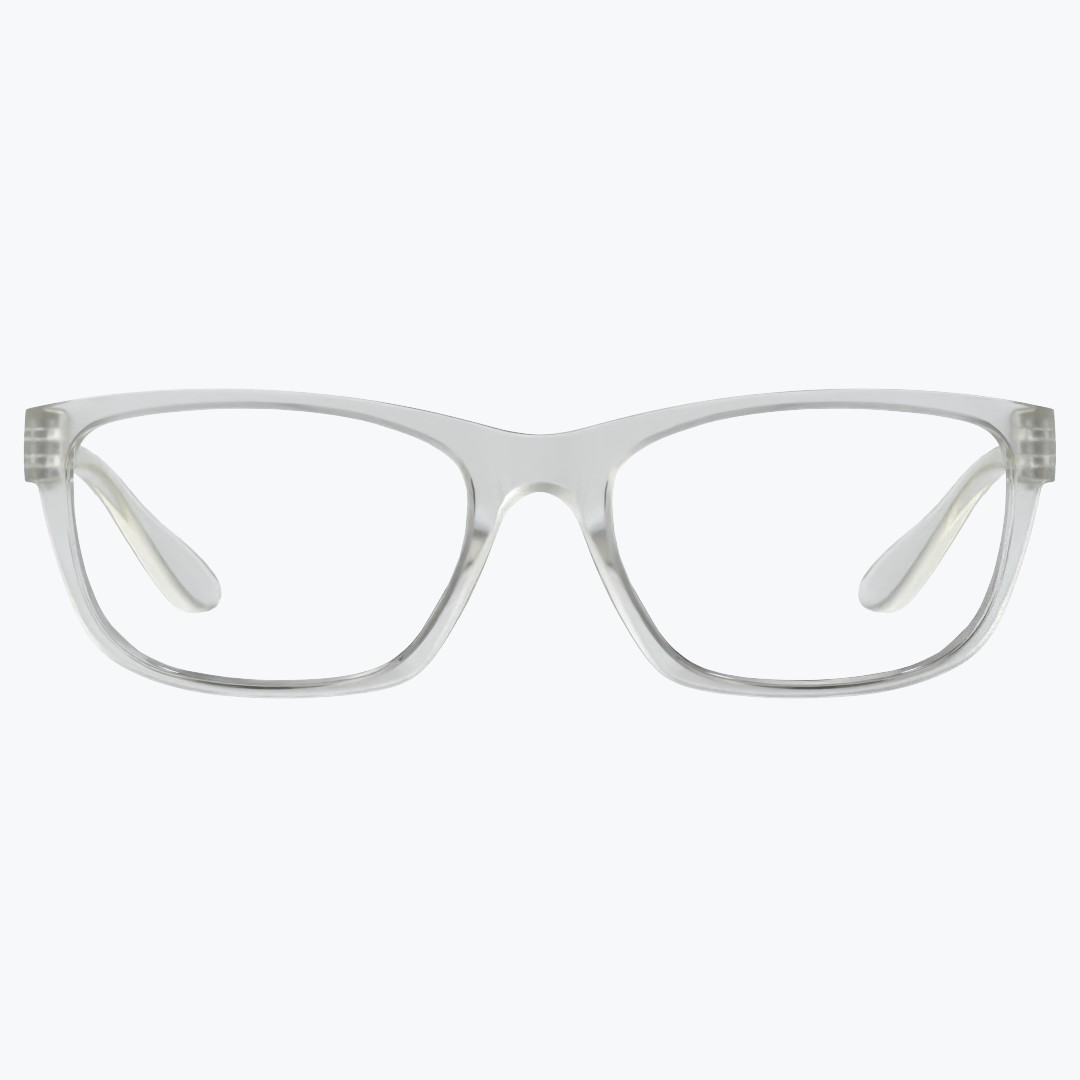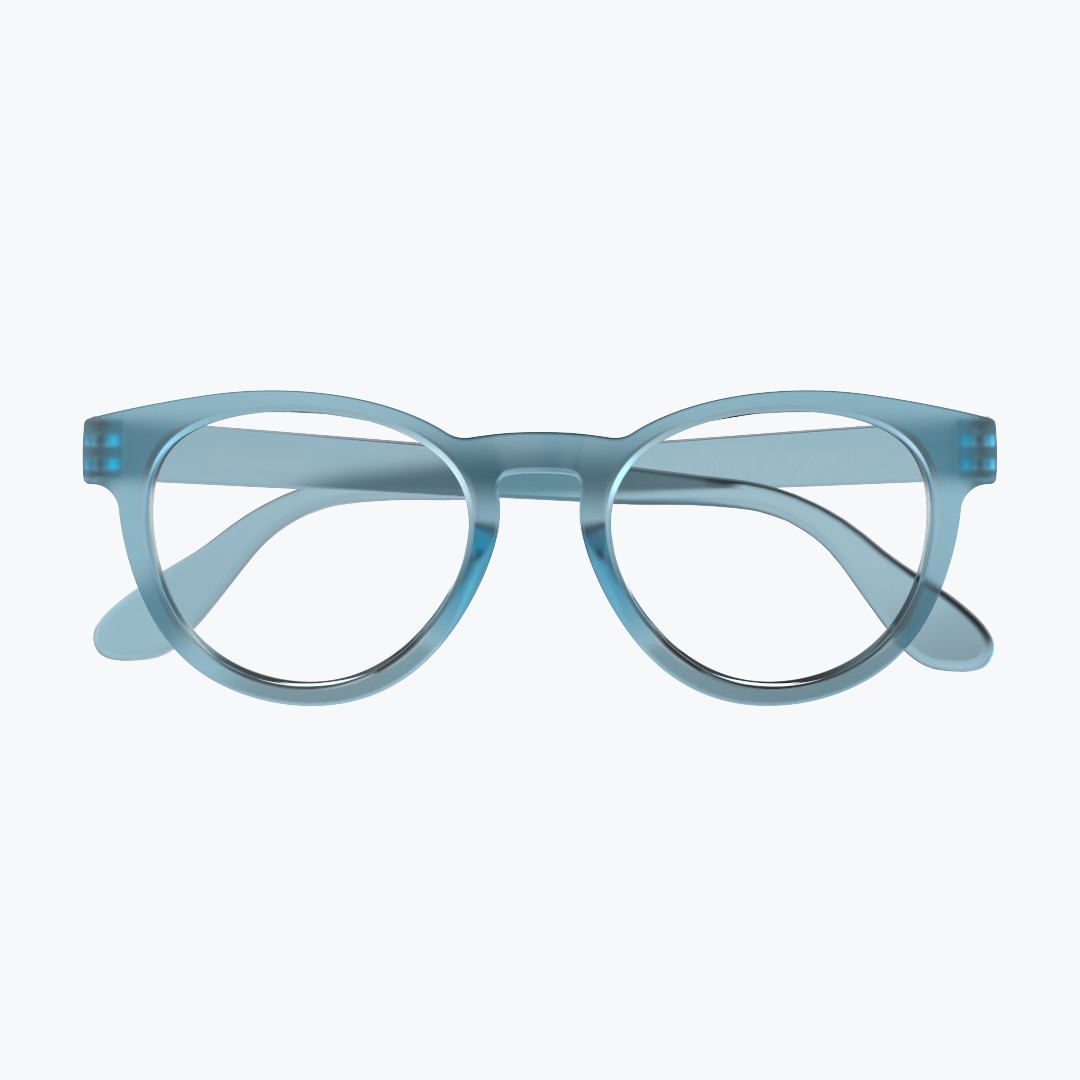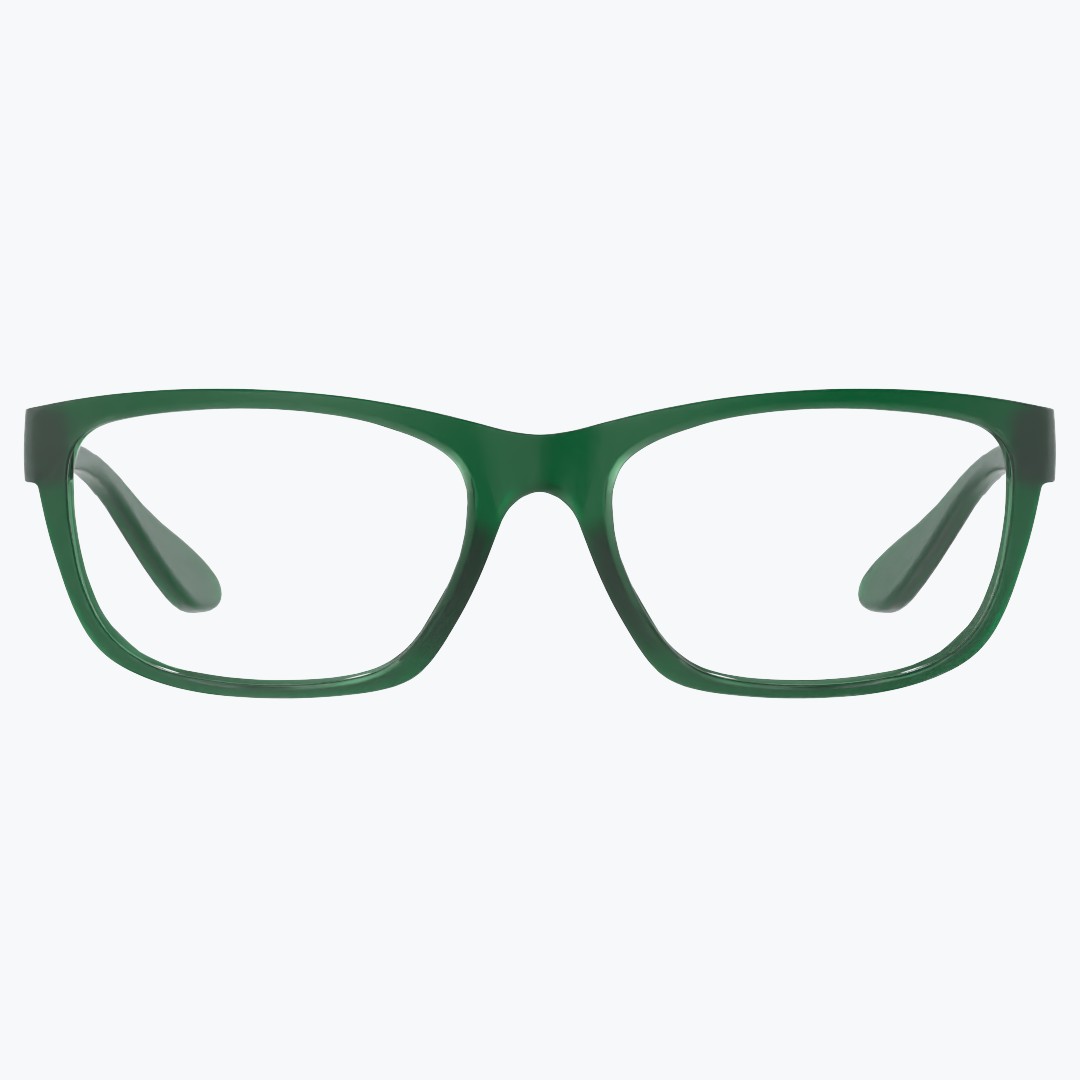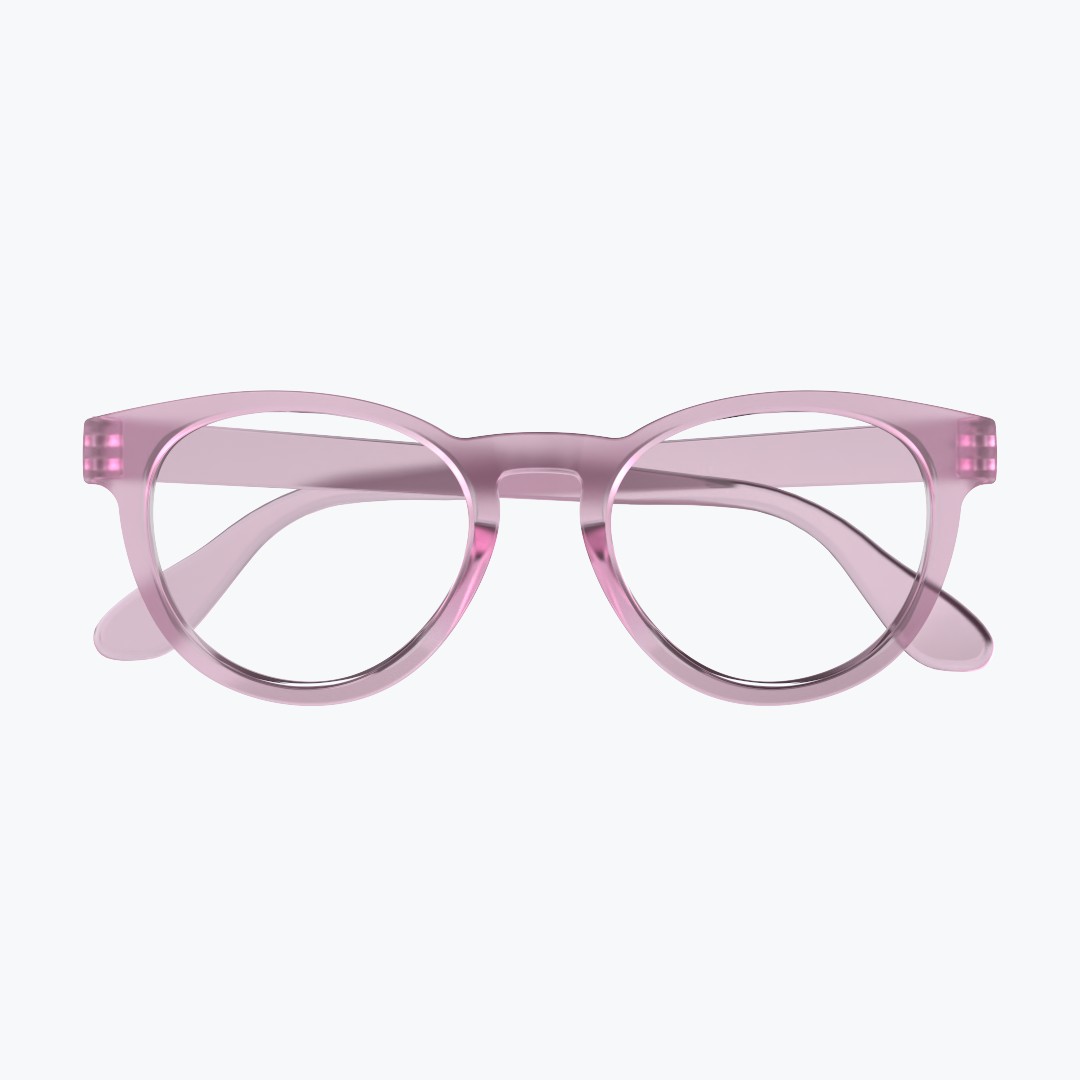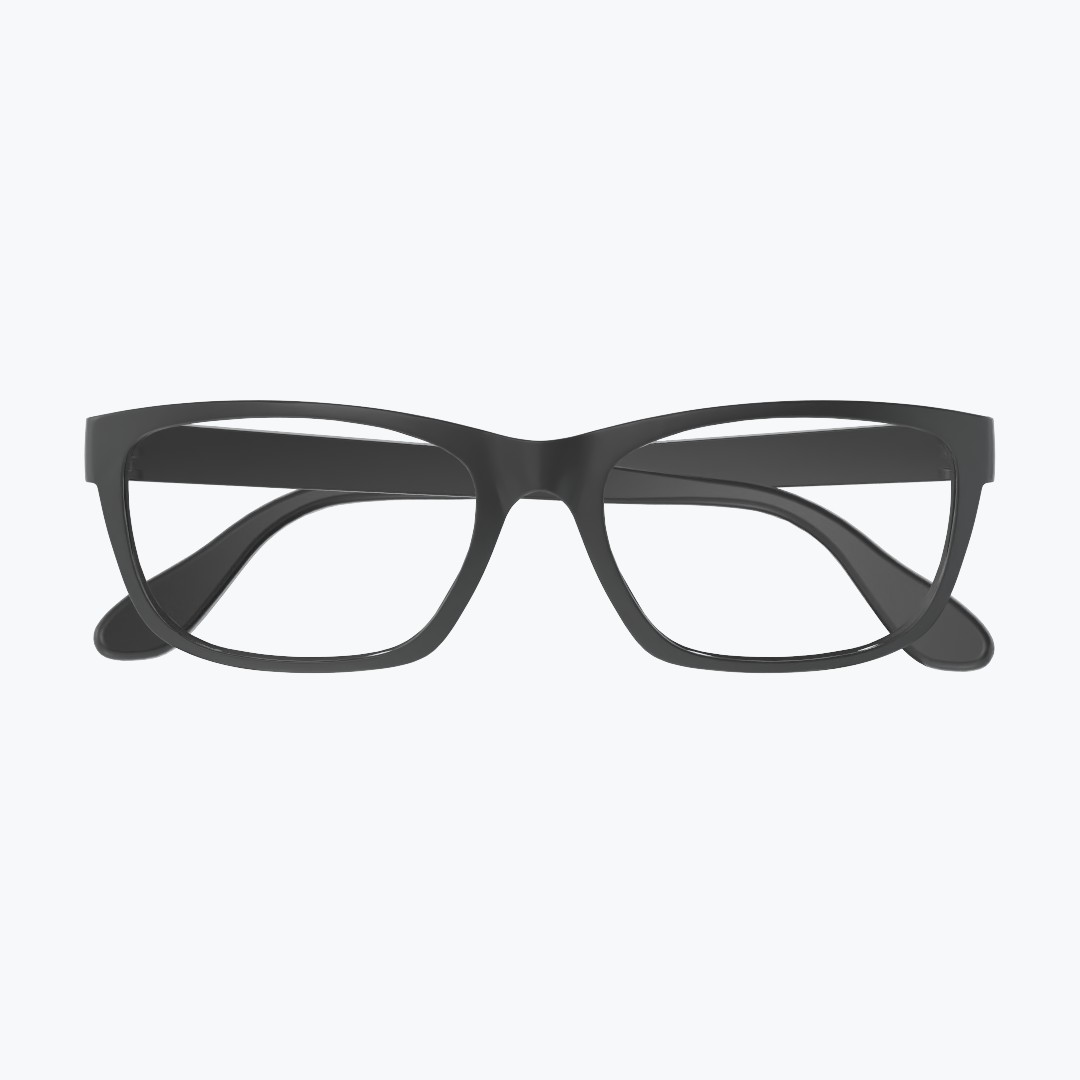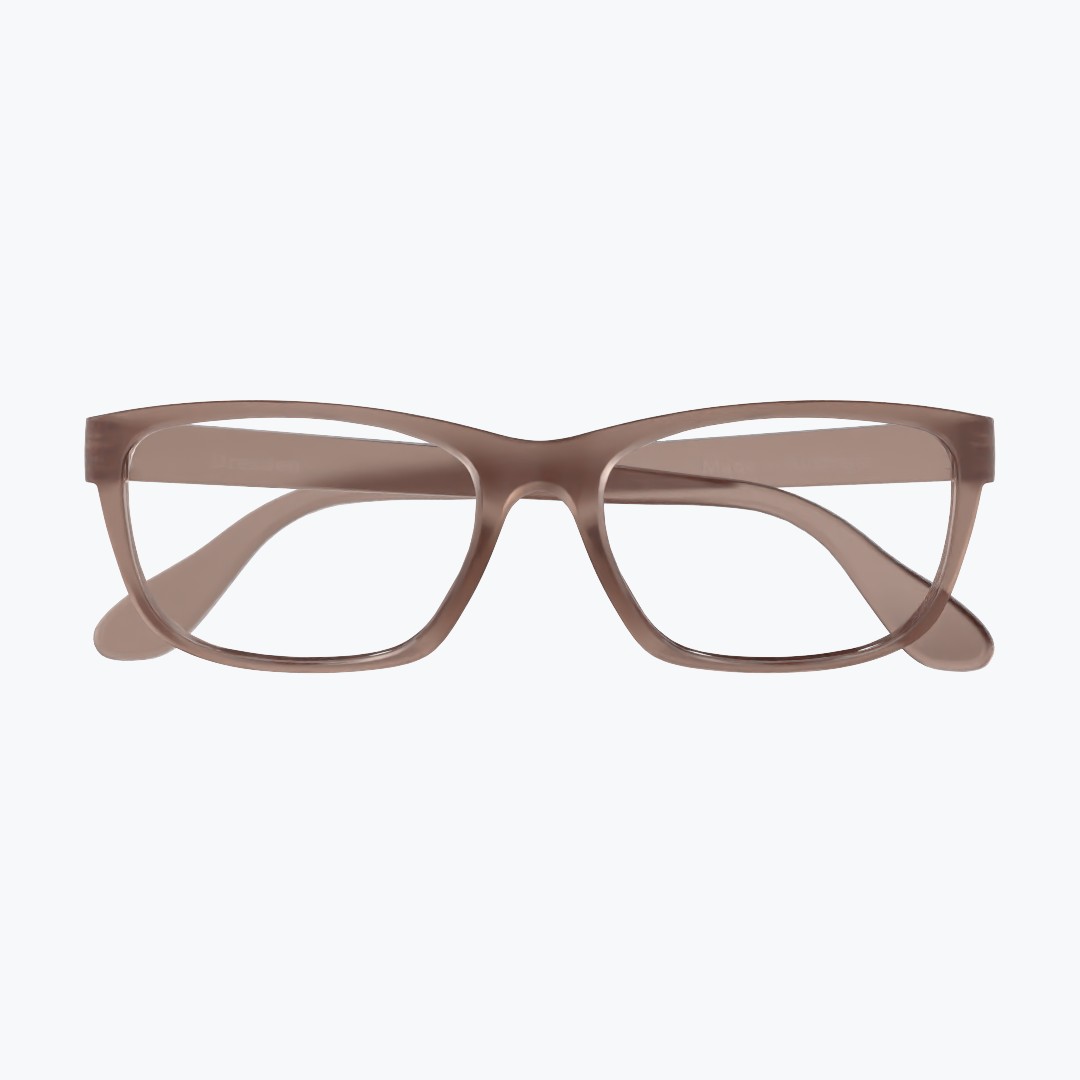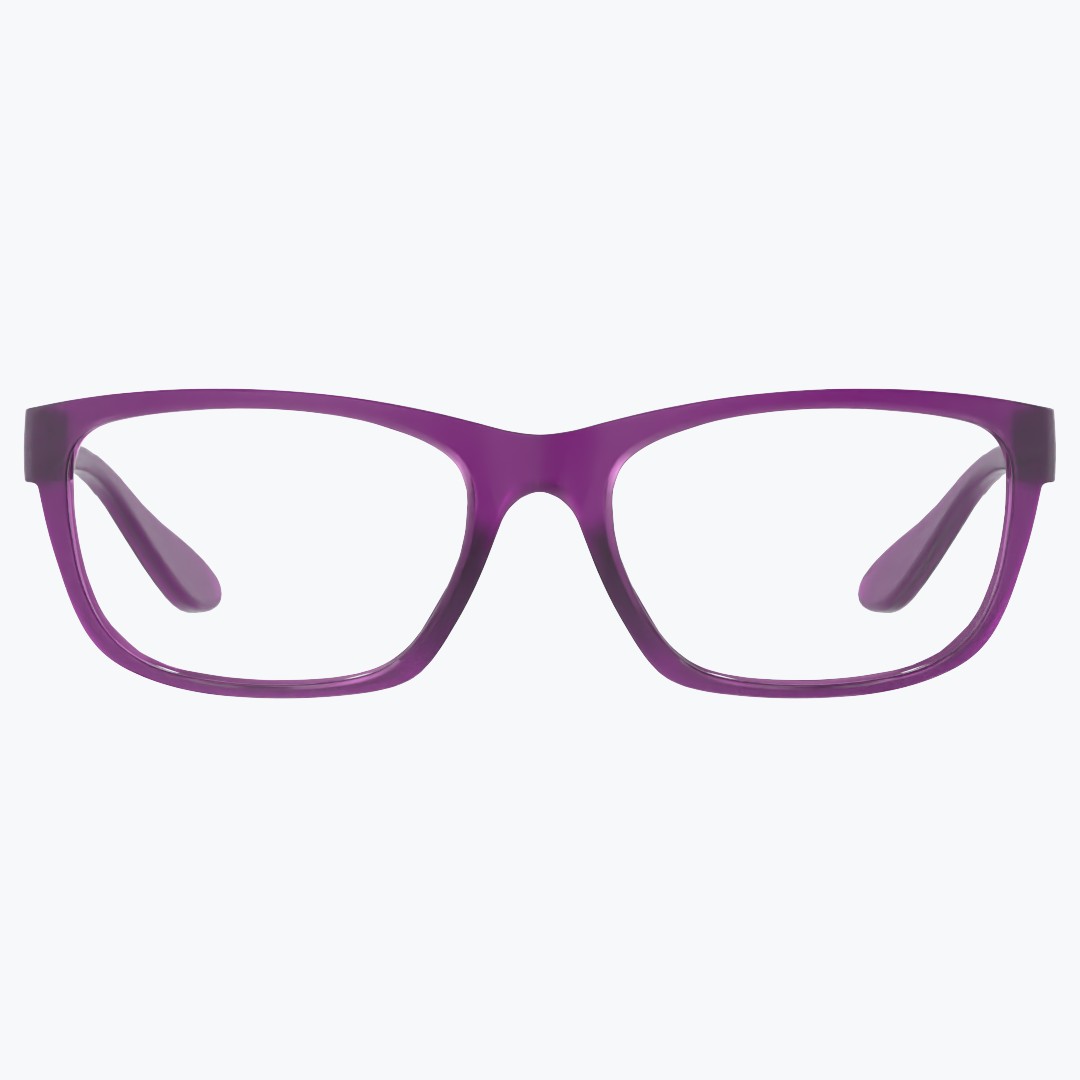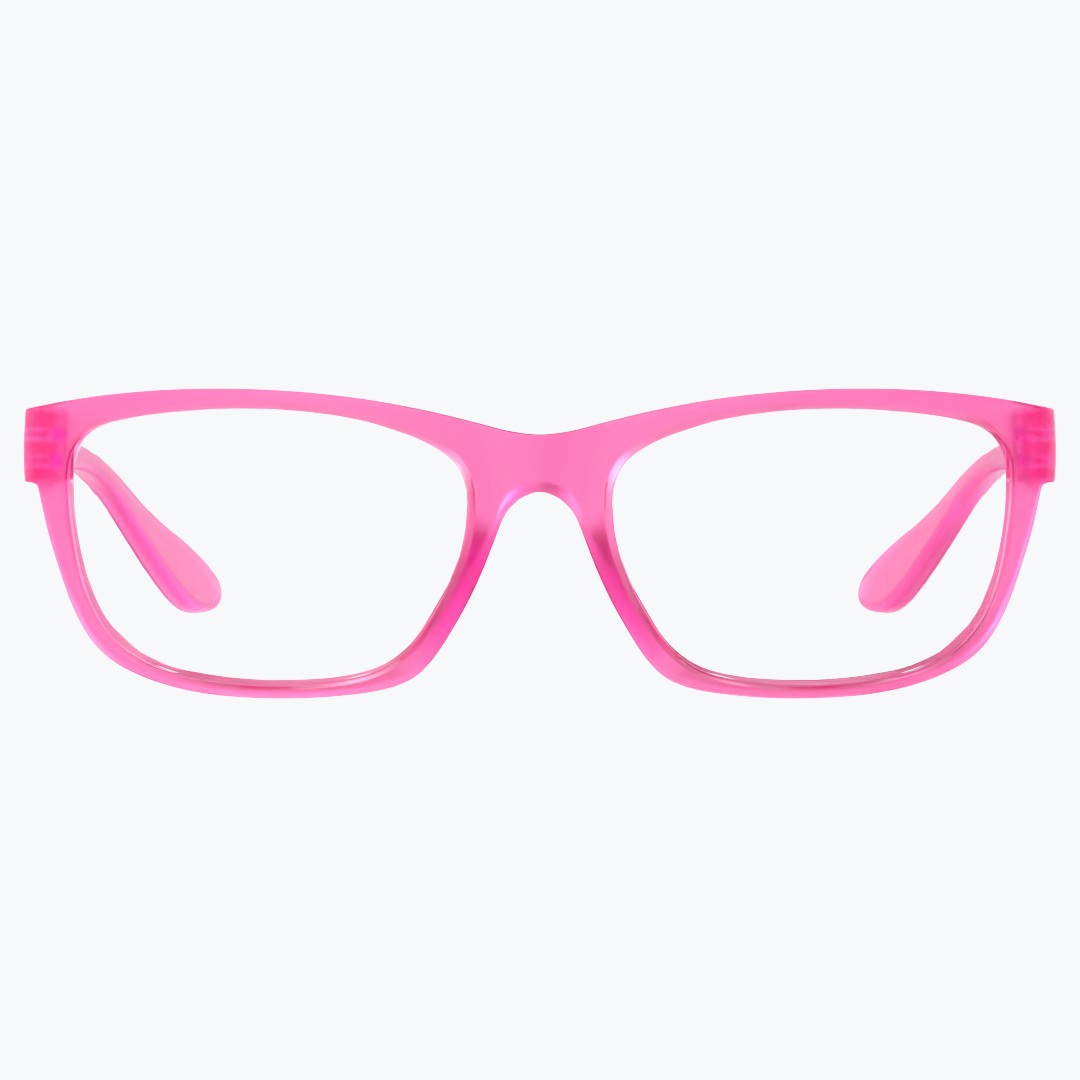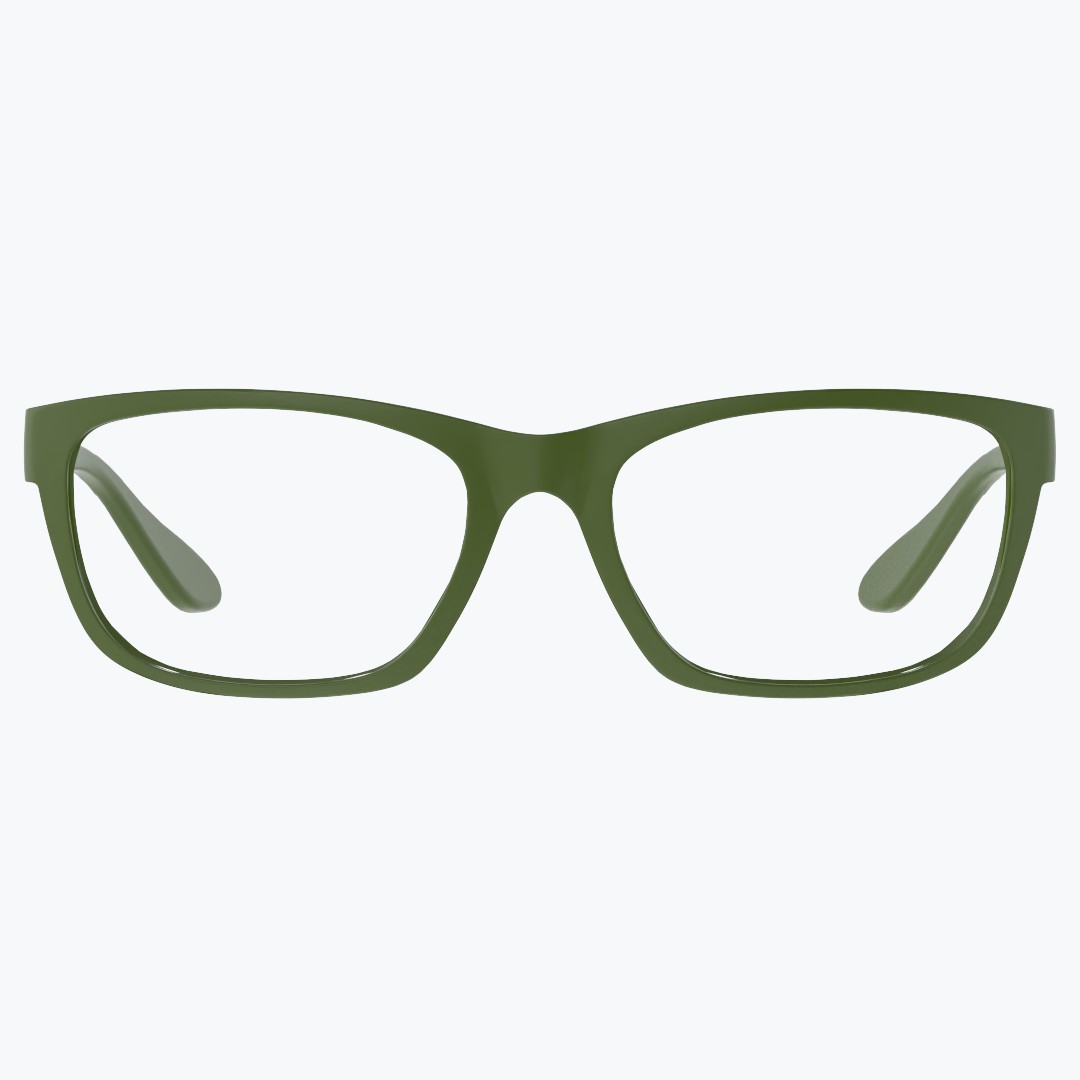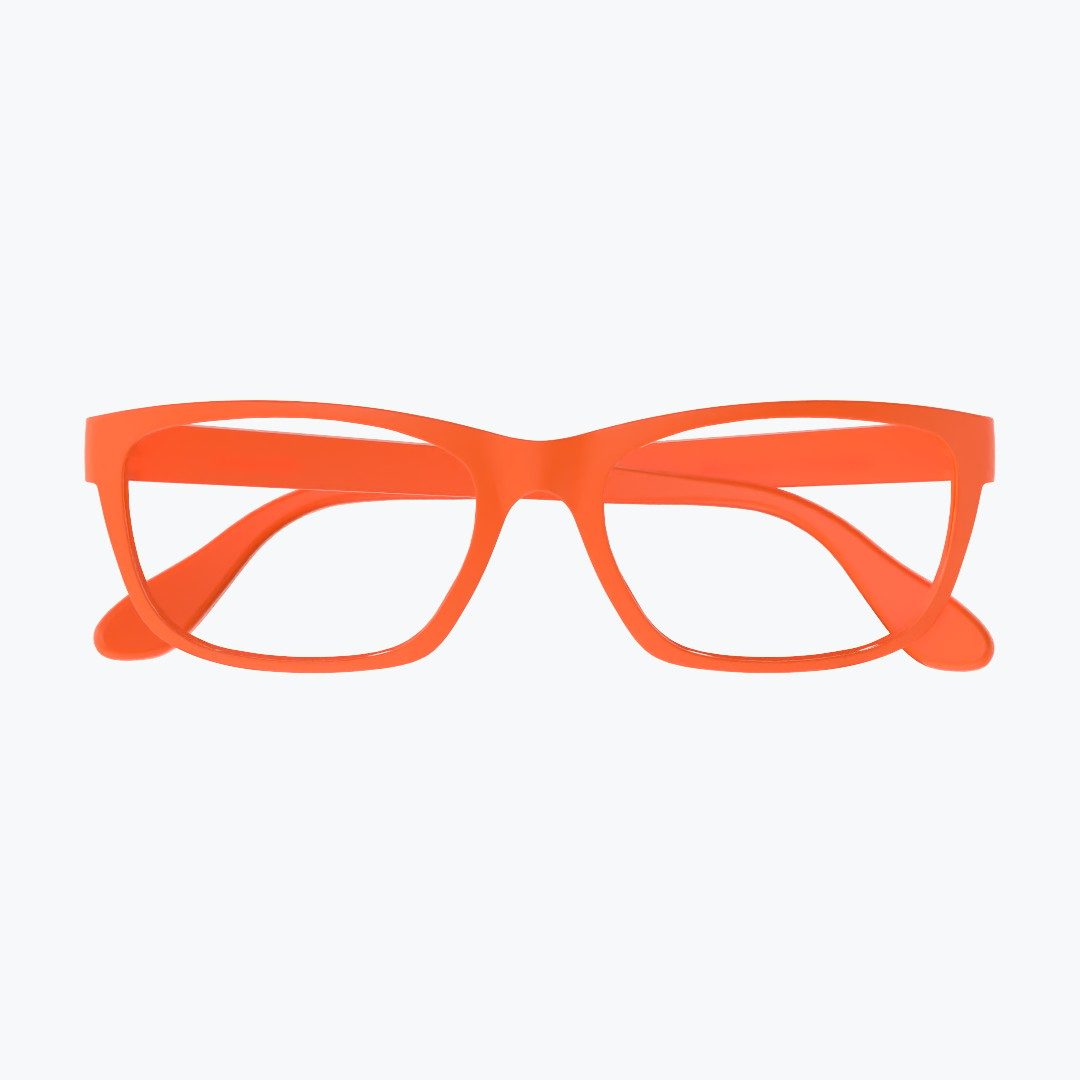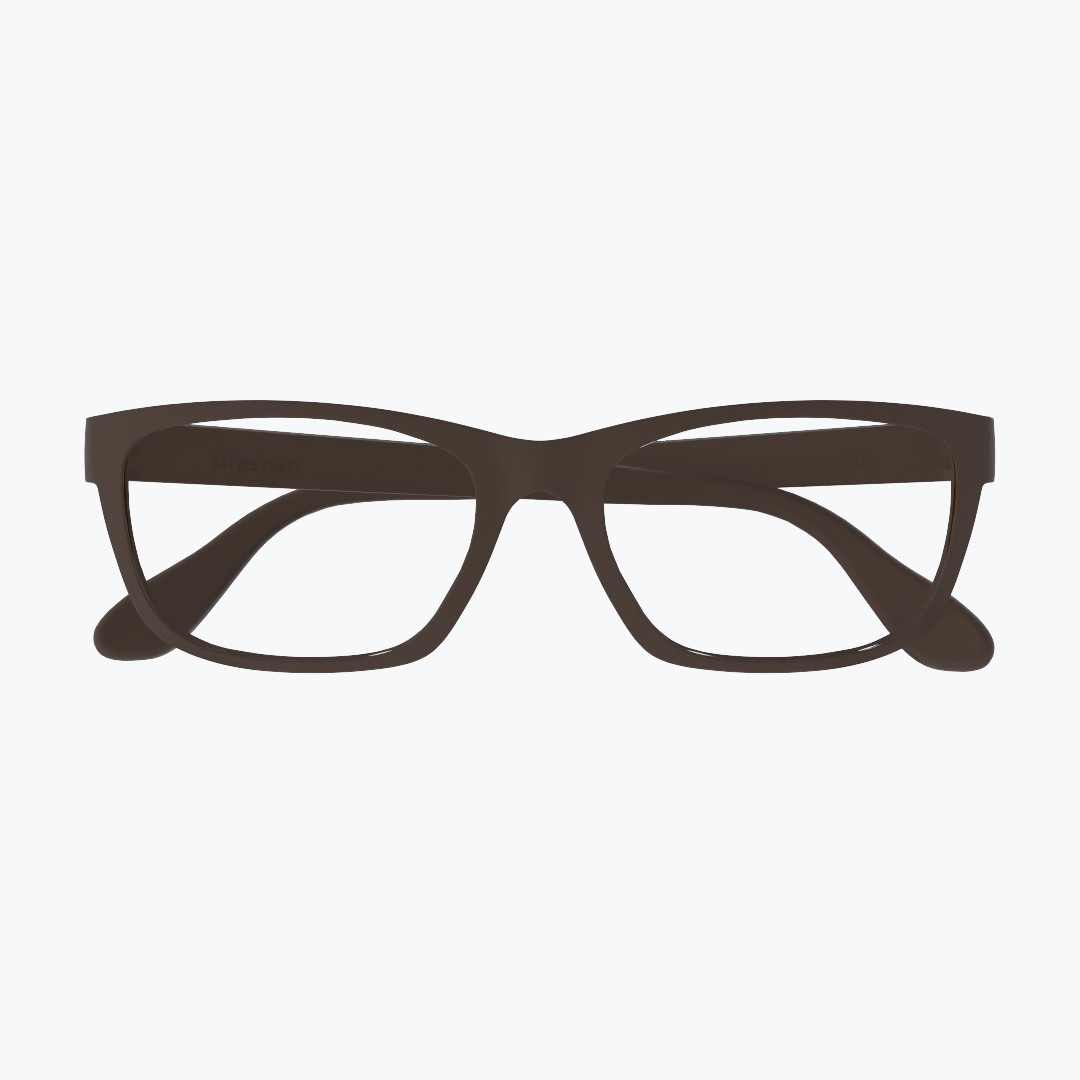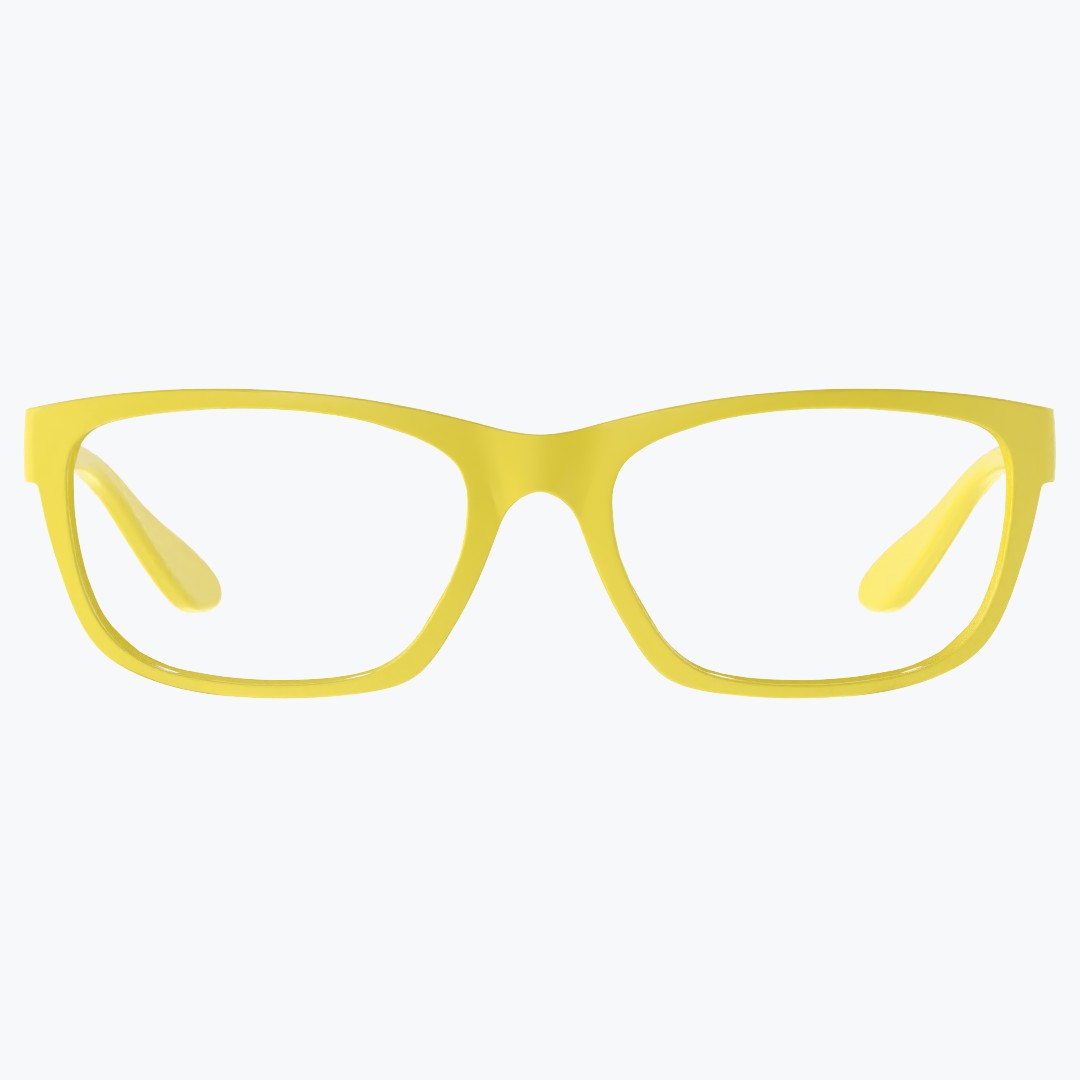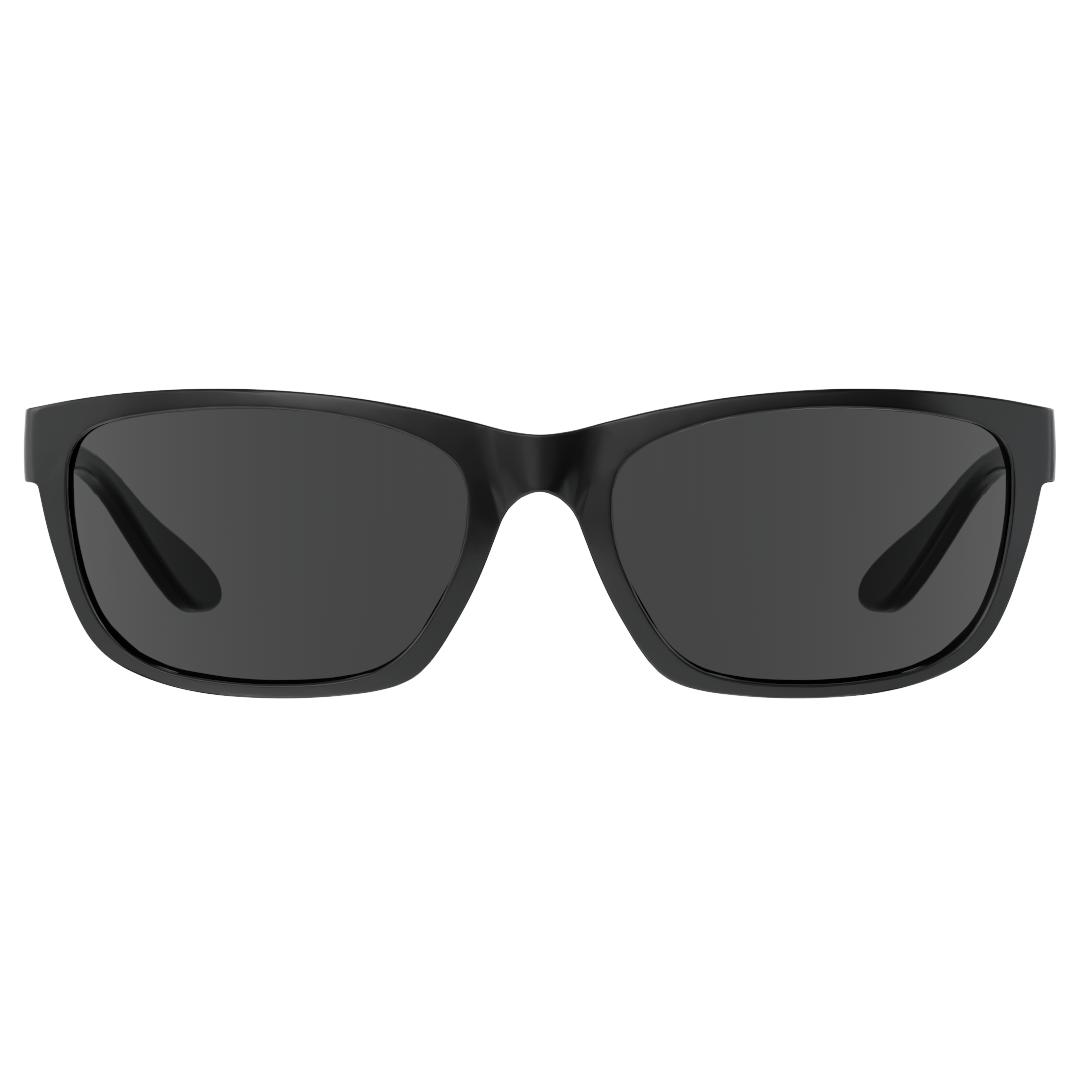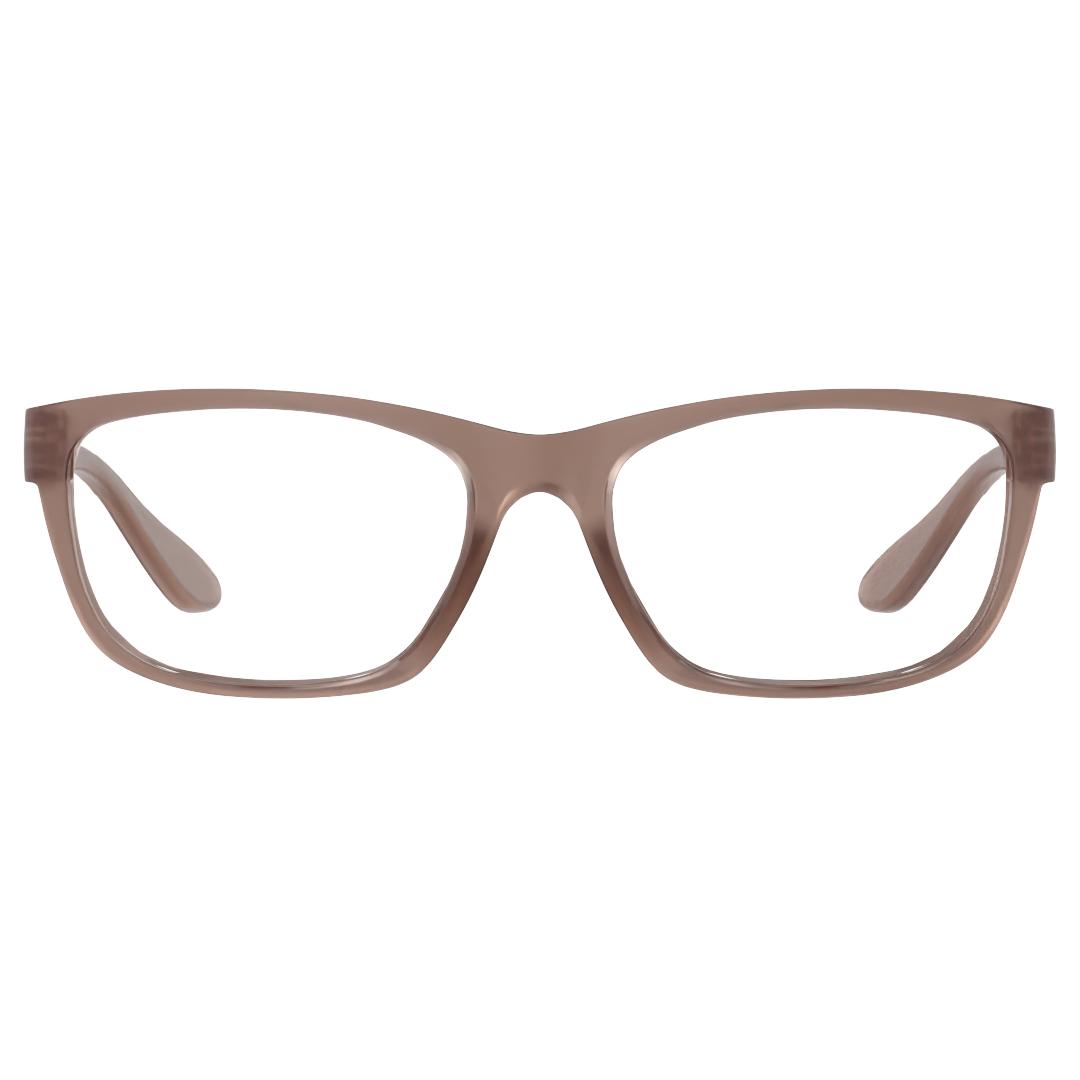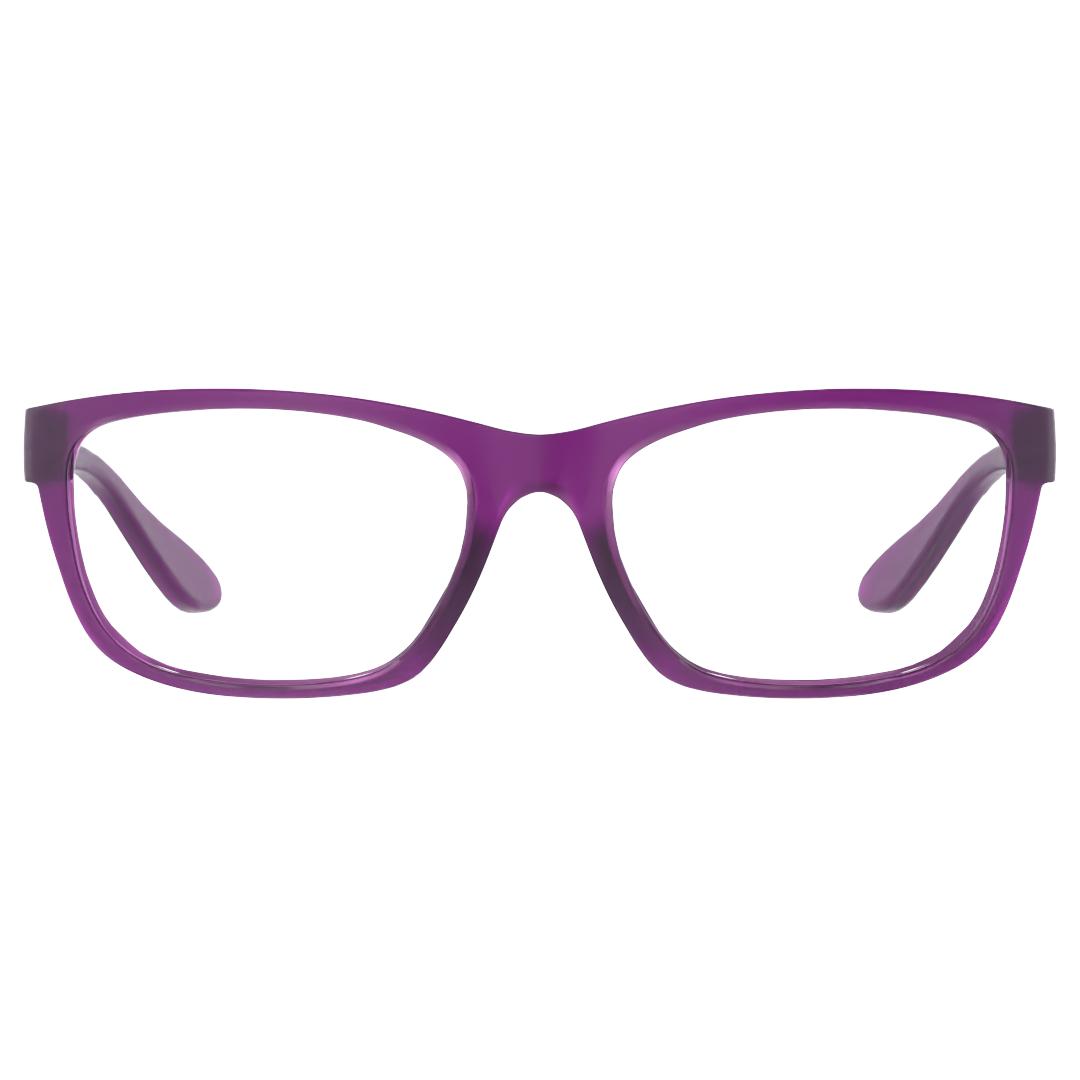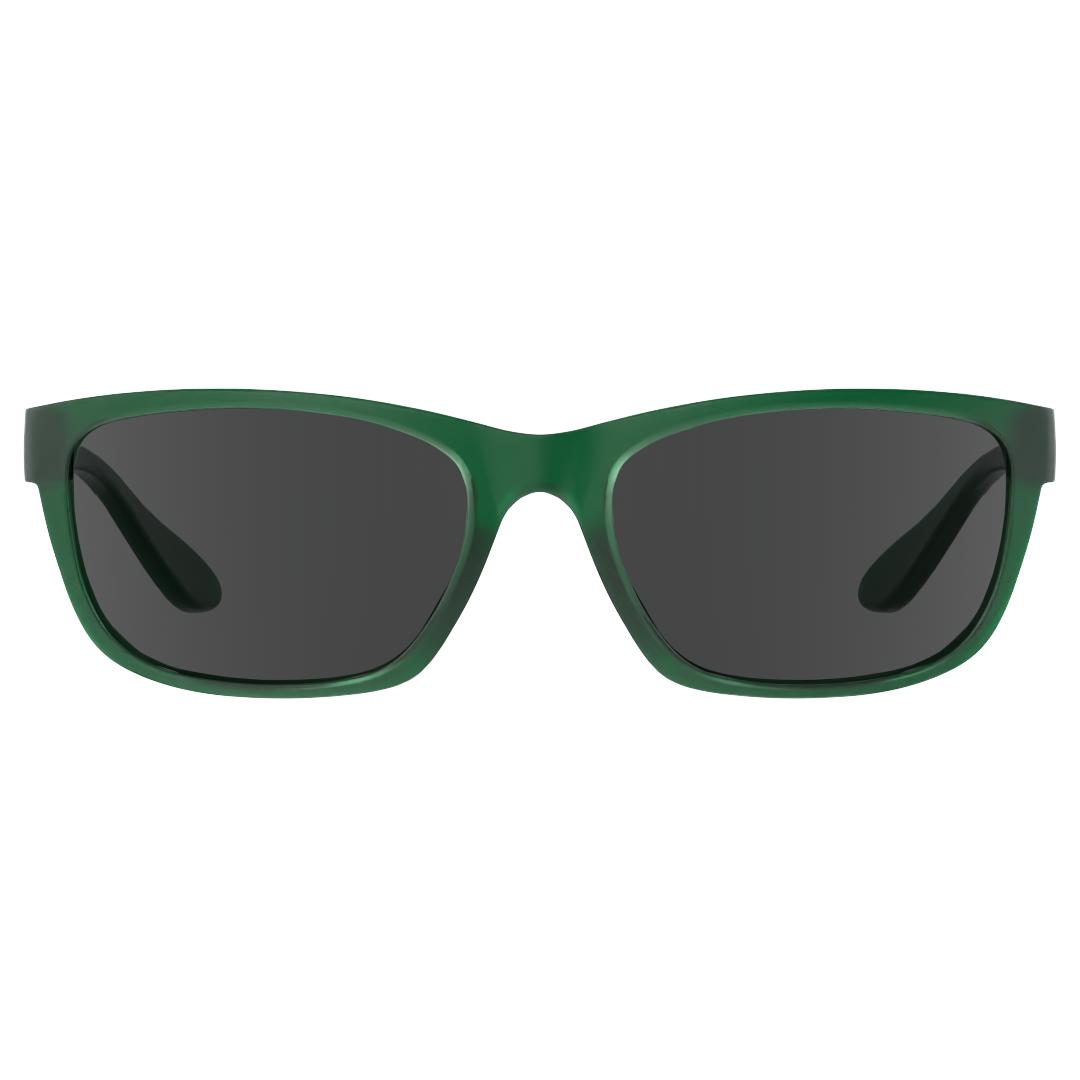
- Prescription Glasses
Capote - Daffodil Yellow
$59.95
Original - Bloody Mary
$59.95Capote - Dark Chocolate
$59.95Original - Pink Lemonade
$59.95Capote - Pistachio
$59.95Original - Oat Milk
$59.95Capote - Power Pink
$59.95
Original - Sky Blue
$59.95Capote - Forest Green
$59.95Original - Azure Blue
$59.95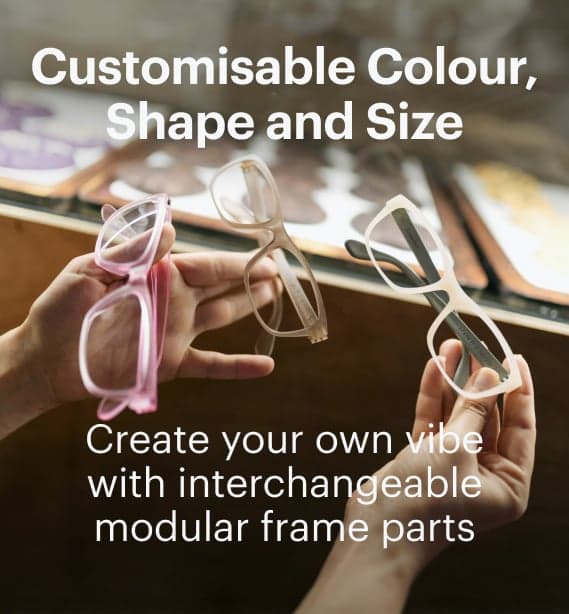
Capote - Tangerine
$59.95Original - Beeswax
$59.95Capote - Royal Purple
$59.95
Original - White
$59.95Capote - Bloody Mary
$59.95Original - Mint Julep
$59.95Capote - Black
$59.95Original - Olive Oil
$59.95Capote - Azure Blue
$59.95Original - Black Cherry
$59.95
Capote - Midnight Blue
$59.95Original - Black
$59.95Capote - Raspberry Cordial
$59.95
Original - Denim Blue
$59.95Capote - Gingerbread
$59.95Original - Midnight Blue
$59.95Capote - Olive Oil
$59.95Original - Koala Grey
$59.95Capote - Clear Frost
$59.95Original - Raspberry Cordial
$59.95Capote - Sepia Brown
$59.95Original - Gingerbread
$59.95Capote - Koala Grey
$59.95Original - Clear Frost
$59.95Capote - Denim Blue
$59.95Original - Forest Green
$59.95Capote - Pink Lemonade
$59.95Original - Slate Grey
$59.95Original - Sepia Brown
$59.95Original - Royal Purple
$59.95Original - Power Pink
$59.95Original - Pistachio
$59.95Original - Tangerine
$59.95Original - Dark Chocolate
$59.95Original - Daffodil Yellow
$59.95Purchase Your Prescription Glasses Here
Buying prescription glasses online at Dresden Vision is a simple and convenient way to get eyewear. We offer various prescription lens options, including single-vision and multifocal lenses. You can also choose from multiple lens coatings to protect your eyes from harmful UV rays and blue light.
- Upload your prescription: Simply enter your prescription details during checkout or upload a copy from your eye doctor.
- Online Pupil Distance Measurement Tool: Our easy-to-use tool allows you to measure your pupil distance accurately from the comfort of your home.
- Choose your frame and lens options: Browse our selection of stylish frames and select the lens options that best suit your needs. Remember to check our frame sizes to find the perfect fit for your face.
- Complete your order: Once you've selected your frame, lenses, and any additional options, simply add your glasses to your cart and complete your purchase.
- Delivery directly to you: Your glasses will be crafted with care and delivered directly to your doorstep.
The Advantages of Glasses Prescription
Purchasing prescription glasses can significantly enhance your life in various ways. Here are some of the key benefits you can expect when you buy prescription glasses:
- Sharper Vision: Prescription glasses correct focusing issues, allowing you to see objects at near and far distances with greater clarity.
- Reduced Eye Strain: Blurry vision can cause eye strain and headaches. Glasses alleviate these symptoms by providing proper focus.
- Improved Quality of Life: Clear vision enhances your ability to perform daily activities comfortably and safely.
- Enhanced Self-expression: Prescription glasses allow you to showcase your style and identity, helping you express yourself confidently in various social and professional settings.
When you purchase prescription glasses from Dresden Vision, you're not just buying a product but investing in a better quality of life. With a wide selection of stylish prescription glasses frames and the convenience of ordering prescription glasses online, we make it easy for you to find the perfect fit. Explore our range today and experience the benefits for yourself.
How Optical Prescription Glasses Work
Prescription lenses are designed to correct specific vision problems, such as nearsightedness, farsightedness, and astigmatism. Here's a simplified explanation of how they work:
- Nearsightedness (Myopia): Myopia is a Nearsighted individual who has difficulty seeing objects at a distance. Prescription lenses with a concave shape help to focus light rays onto the retina, providing clearer vision for distant objects.
- Farsightedness (Hyperopia): Farsighted individuals have trouble focusing on close objects. Prescription lenses with a convex shape help to bend light rays inwards, allowing them to focus on near objects.
- Astigmatism: Astigmatism occurs when the cornea is irregularly shaped, causing blurred vision at all distances. Prescription lenses with a toric design help correct this irregularity and improve overall vision clarity.
What are the signs when you need prescription glasses lenses?
If you experience blurry vision, headaches, squinting, or difficulty focusing at certain distances, it may be a sign that you need prescription glasses. It's crucial to schedule a comprehensive eye exam with a qualified optometrist to determine the root cause and obtain an accurate prescription.
How Dresden Vision Can Help
Dresden Vision offers a wide range of prescription glasses online, all crafted from high-quality materials and featuring our durable, designer frame.
- Easy Online Ordering: Simply enter your prescription details or upload a copy from your optometrist when placing your order.
- Expert Support: Our friendly customer service team can answer any questions. Get in touch with us today!
- Mix & Match: Customize your glasses with different colored arms and lens options to suit your needs.
- 10-Year Warranty: We stand behind the quality of our glasses. If anything breaks, we'll replace them, no questions asked.
Ready to upgrade your eyewear? Shop now and experience the Dresden Vision difference today!
Why Dresden Vision is Your Choice for Glasses
At Dresden Vision, everyone deserves to see the world affordably and in style. That's why we offer a seamless online experience to help you find the perfect pair of prescription glasses crafted with high-quality materials and on-trend designs.
Here's what sets us apart:
- Effortless Convenience: Simply upload your prescription or enter details at checkout. Browse our frame options to find the one that best suits your needs. Your glasses will be delivered directly to your doorstep.
- Unbeatable Value: We offer high-quality glasses at competitive prices.
- Stylish Selection: Our unique frame comes in various colors, allowing you to customize your look. We're constantly innovating to keep our styles fresh and fashionable.
- Trusted Experts: Featured in publications like Best Health Magazine, The Los Angeles Times, and Style Democracy, Dresden Vision is a name you can rely on. Our friendly customer service team is always happy to answer your questions.
Experience the ease and affordability of Dresden Vision. We're confident you'll love your new glasses. Visit our website today and browse our collection!
Understanding Prescriptions
Before delving into the prescription process, it's essential to grasp how these prescriptions are written. Typically, individuals experiencing eye issues visit ophthalmologists and optometrists for examinations. These professionals will issue prescriptions tailored to the specific condition if any eye disorders are detected.
Specialists craft prescriptions based on the results of the eye exam. They are intended to correct vision and detail the adjustments necessary for optimal visual clarity. Each prescription can vary and is customized according to the patient's eye conditions.
There are four main categories of vision correction:
- Emmetropia: This refers to perfect vision, where eyes refract light onto the retina without needing correction.
- Myopia: Also known as nearsightedness, it occurs when distant objects appear blurry. Myopia is corrected with minus lenses that adjust the focal point backward onto the retina. It is the most common eye condition.
- Hyperopia: Conversely, hyperopia involves difficulty seeing nearby objects clearly while distant vision remains intact. Although less common than myopia, hyperopia is also frequently diagnosed.
- Astigmatism: Astigmatism develops when the cornea or lens of the eye is unevenly curved, causing light to focus unevenly on the retina.
Optometrists and ophthalmologists use specific terms when writing prescriptions:
- OD and OS: These abbreviations, derived from Latin, refer to "Oculus Dexter" (right eye) and "Oculus Sinister" (left eye) respectively. "Oculus Uterque" describes both eyes.
Additional terms in prescriptions include:
- Sphere (SPH): Indicates the lens power required to correct myopia (nearsightedness) or hyperopia (farsightedness). A minus sign (-) indicates myopia, while a plus sign (+) indicates hyperopia.
- Axis: Specifies the direction of astigmatism.
- Add: Additional power added to multifocal lenses to correct presbyopia.
- Prism: Occasionally used to address eye alignment issues, with directions indicated by abbreviations like base up (BU), base down (BD), base in (BI), and base out (BO).
The Importance of Regular Eye Tests
Regular eye tests are crucial at every age to maintain stable and healthy eye health. Ensuring your vision remains precise and optimal requires periodic checks by optometrists. These examinations assess your visual acuity and screen for potential eye disorders and diseases in their early stages. Vision and eye health play a critical role in learning and development, underscoring the importance of frequent eye exams for children and adults.
Eye tests are vital because many severe eye conditions, such as macular degeneration, cataracts, and glaucoma, often show few symptoms until advanced stages. Early detection during comprehensive eye exams is critical to initiating timely treatment and preserving eyesight. Optometrists also examine for initial signs of these conditions and others during your visit. Prompt consultation with an eye doctor is recommended if you experience any eye issues—such as redness, allergies, dryness, swelling, or pain.
The specific type of eye test you undergo will vary based on your individual needs. Before the exam, you'll be asked about your eye health history, including hereditary conditions. Tests will assess whether corrective lenses are necessary or if adjustments to your current prescription are needed. Overall eye health will also be evaluated during these examinations.
Regular eye exams are essential for the following:
- Enhancing day-to-day quality of life
- Early detection of various eye conditions
- Identifying signs of broader health conditions that affect the eyes
- General eye care
Prescription Glasses for Everyone
Dresden offers comprehensive eye tests with experienced optometrists and opticians. The teams in Australia and Canada will assist you in finding the best lens fit according to your prescription. If your prescription changes, you can always visit our stores, shop online, or contact our call center to update your prescription and pick up your new glasses. Dresden offers lenses for nearly every prescription, though some are more complex. For less complex prescriptions, Dresden can often produce your glasses on-site while you wait. Dresden provides affordable, sustainable, durable, and colorful glasses for people of all ages. You can schedule an appointment for a comprehensive eye test from our experienced specialists and choose glasses that match your mood!
Frequently Asked Questions
Do I need a new eye test to order glasses from Dresden Vision?
No, if you have a valid prescription from your optometrist, you can use it to order glasses from Dresden Vision. However, if your prescription is expired, we recommend scheduling an eye exam for an updated version.
Can I customize the fit of my glasses?
Our unique frame design allows you to select different sizes for the front and arms, eliminating the need for most adjustments. Our frames are made from a slightly flexible material that can be further adjusted using warm water.
What if I'm not happy with my glasses?
Dresden Vision offers a hassle-free 30-day return policy. If you're unsatisfied with your glasses, you can return them for a full refund.
What lens coatings do you offer?
We offer a variety of lens coatings to enhance your glasses, including scratch-resistant coatings, anti-reflective coatings, blue light protection, and UV protection.
How can I care for my glasses?
We recommend rinsing your glasses with warm water and drying them with a microfiber cloth. Avoid using harsh chemicals, alcohol based lens cleaners or abrasive materials.
Can I get my prescription glasses adjusted in-store?
If you're not completely satisfied with the fit after trying our frame size selection tool, you can visit one of our stores in Australia or Canada for adjustments.
Do you have optometrists available for eye exams?
We currently have in-store optometrists available at our locations in Australia and Canada. However, you can still order glasses online using your valid prescription from any optometrist.
Do you ship internationally?
Yes, Dresden Vision delivers prescription Glasses internationally, especially in Australia, Canada, and New Zealand.
